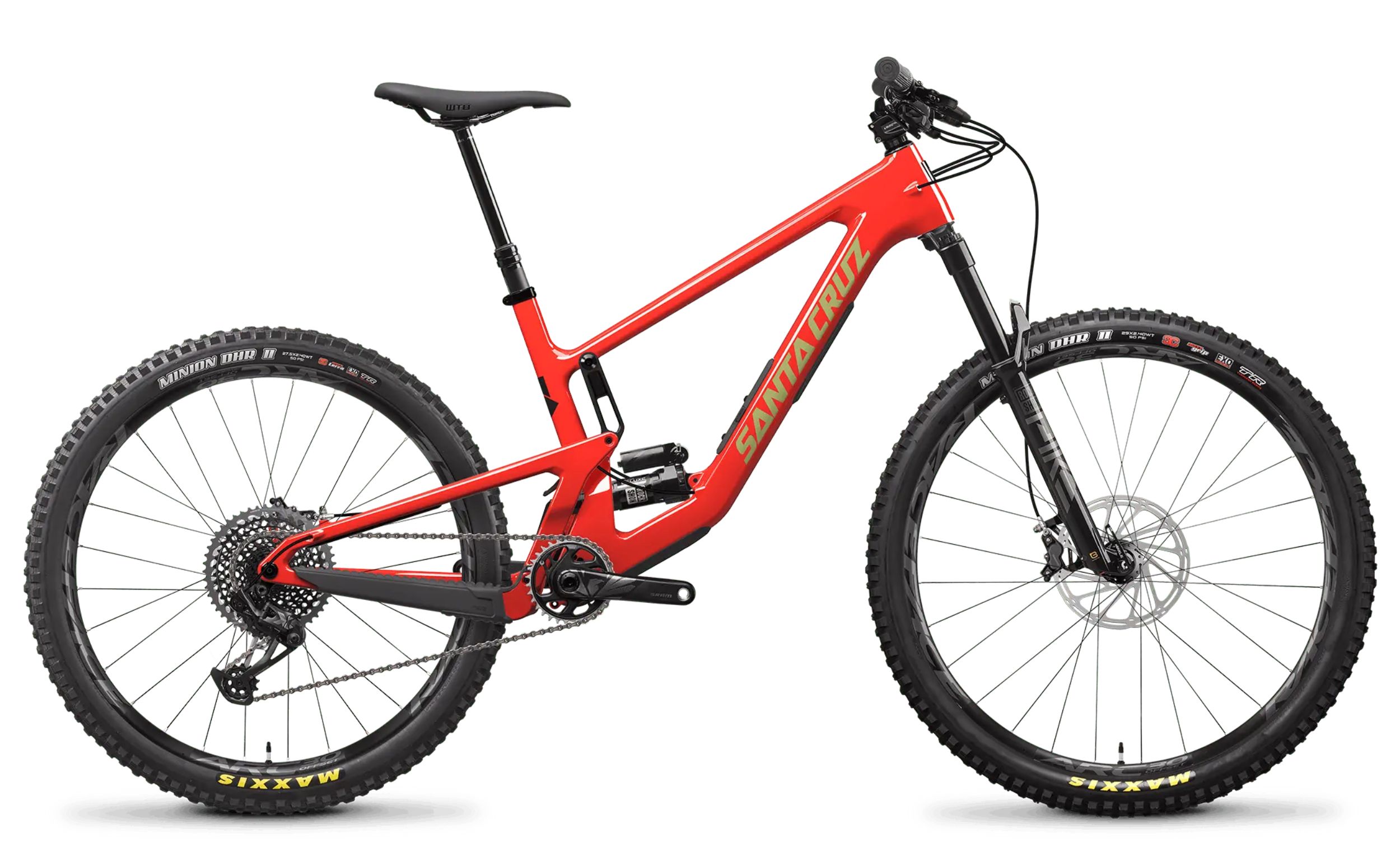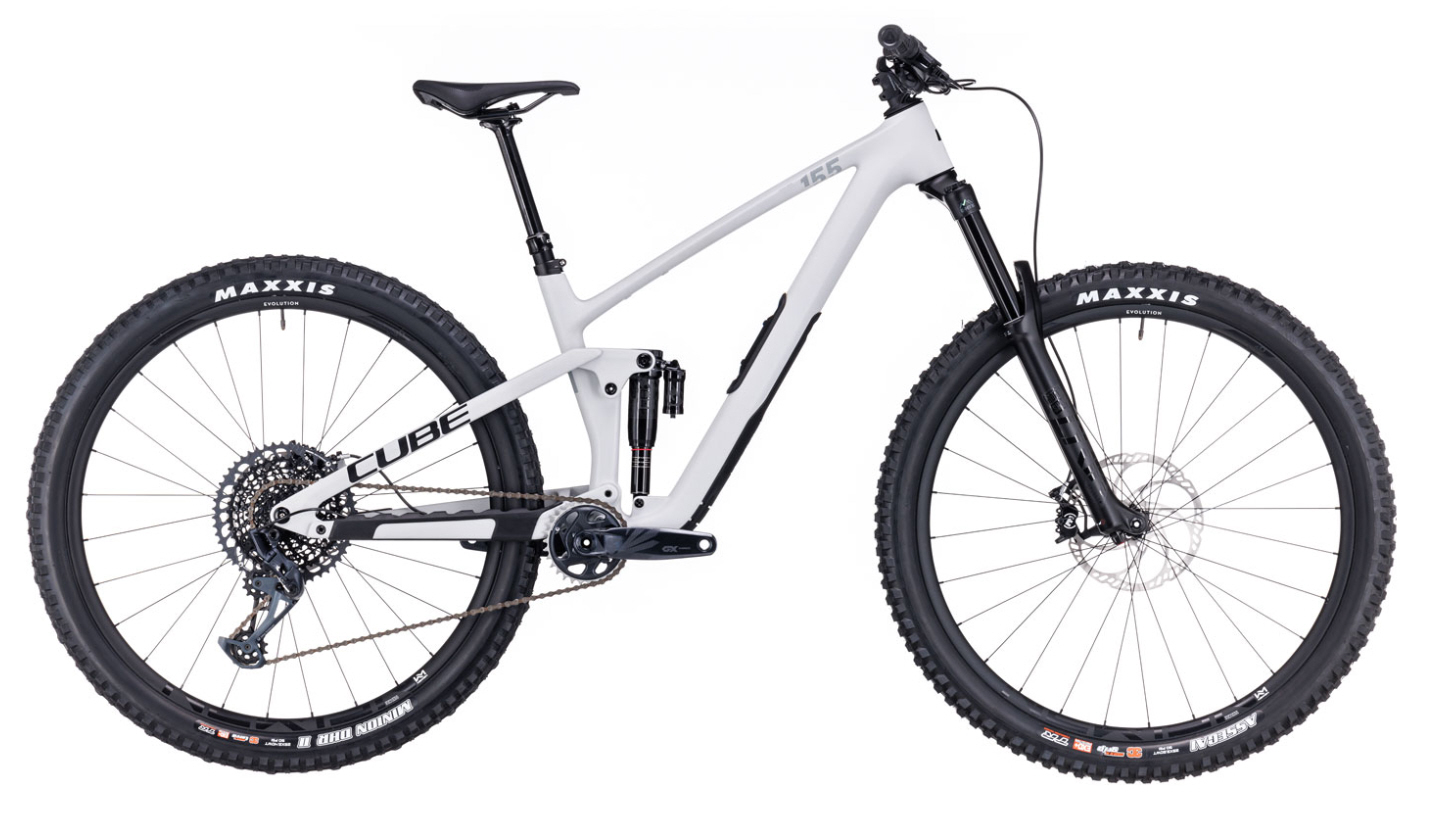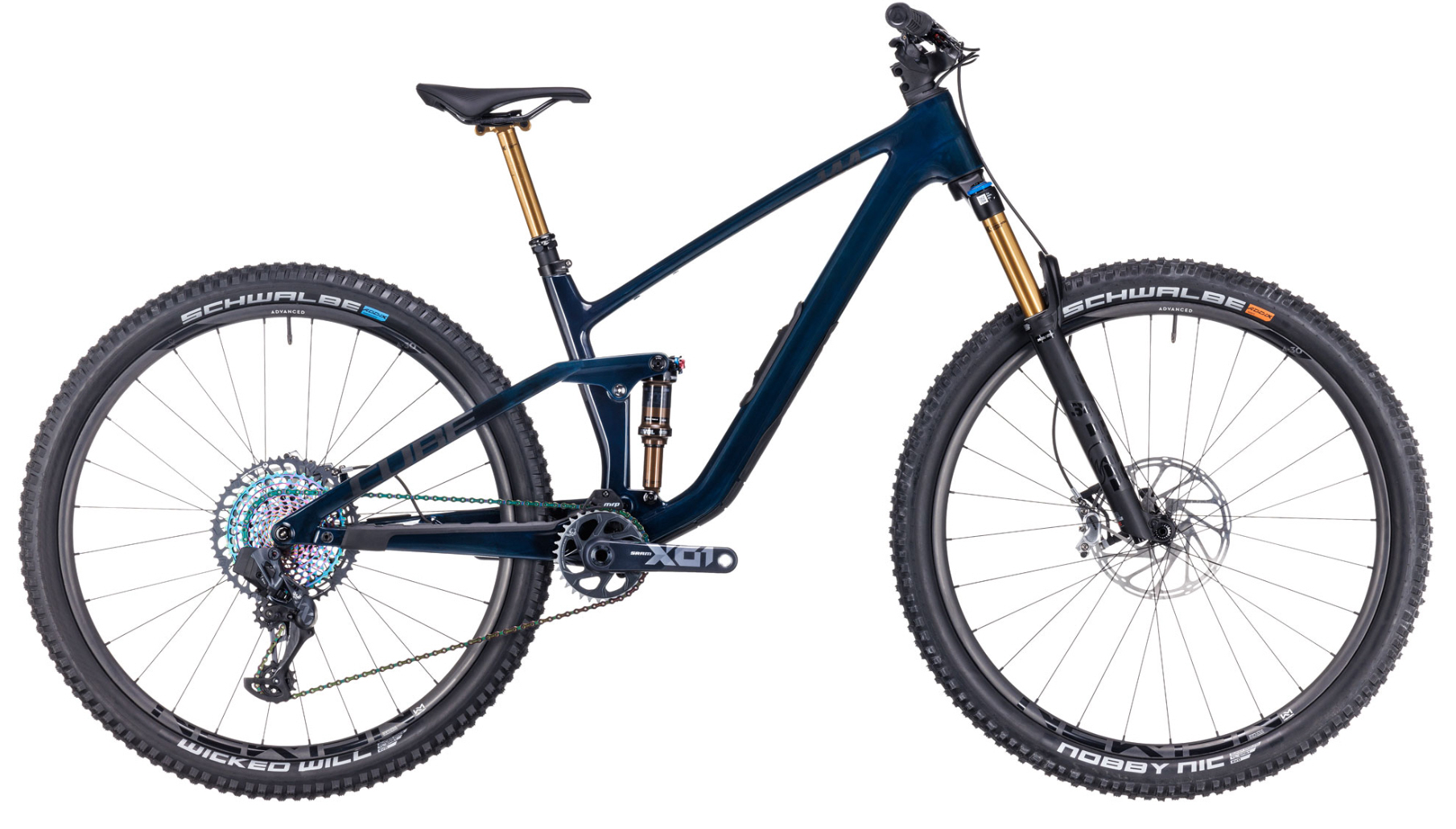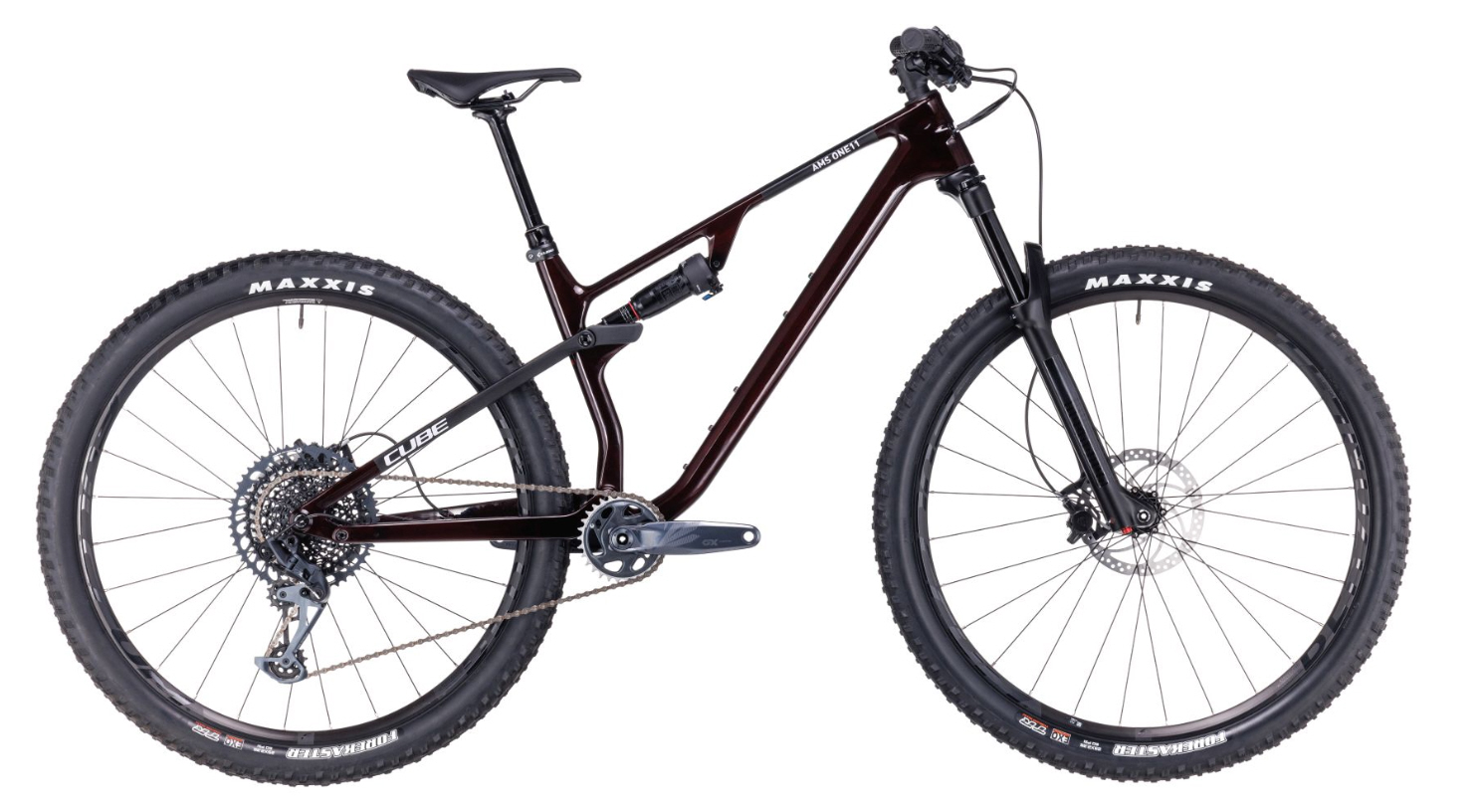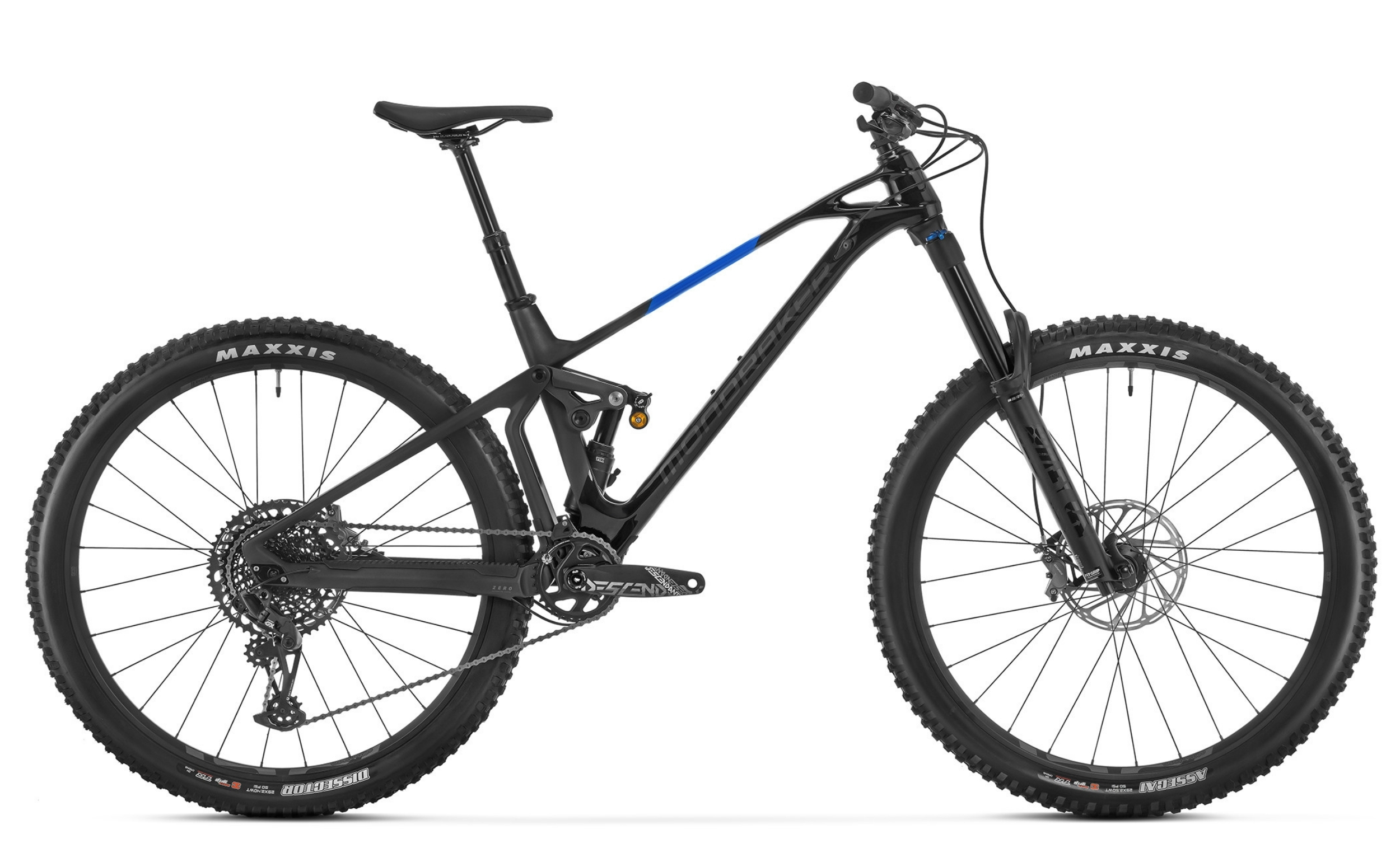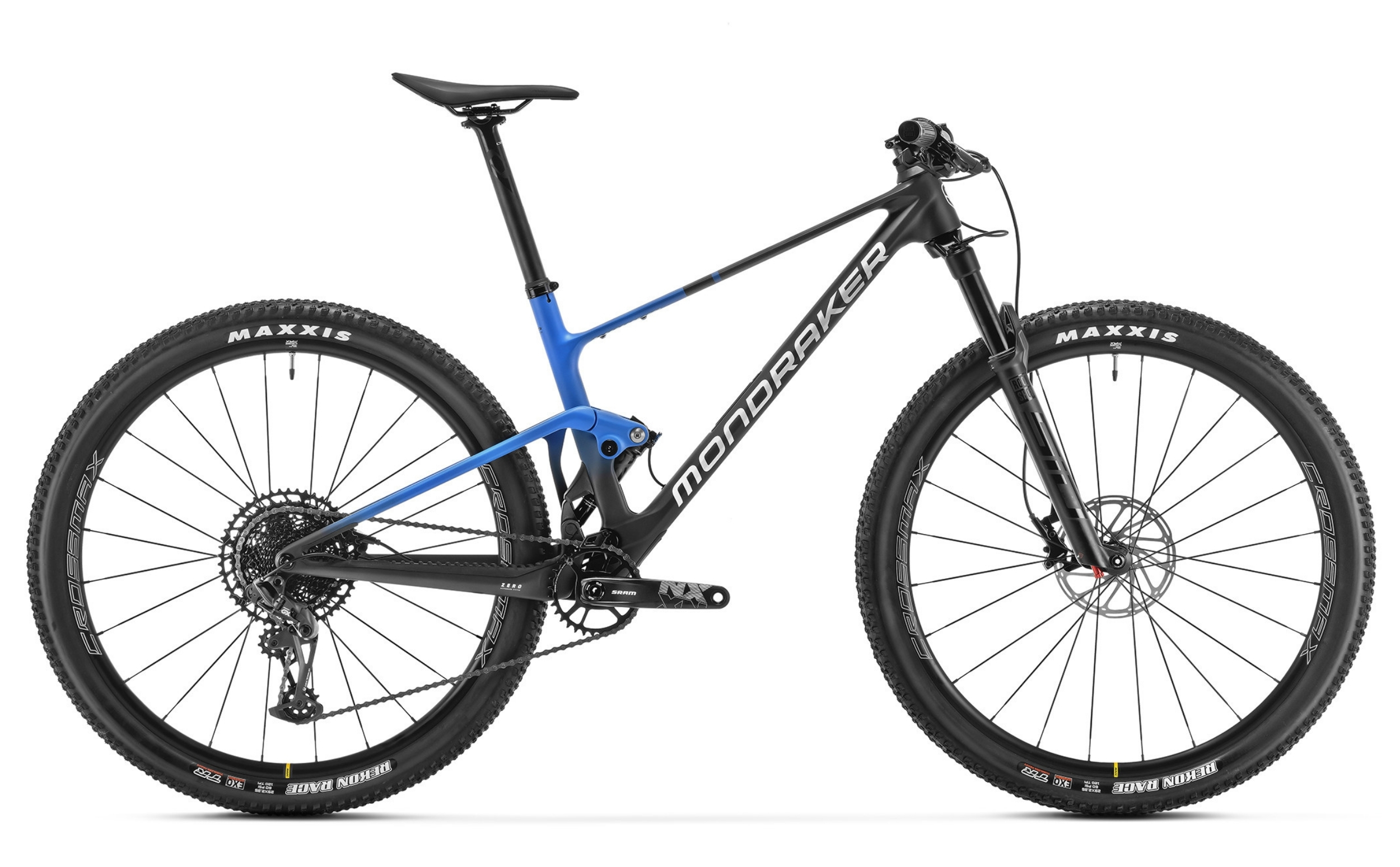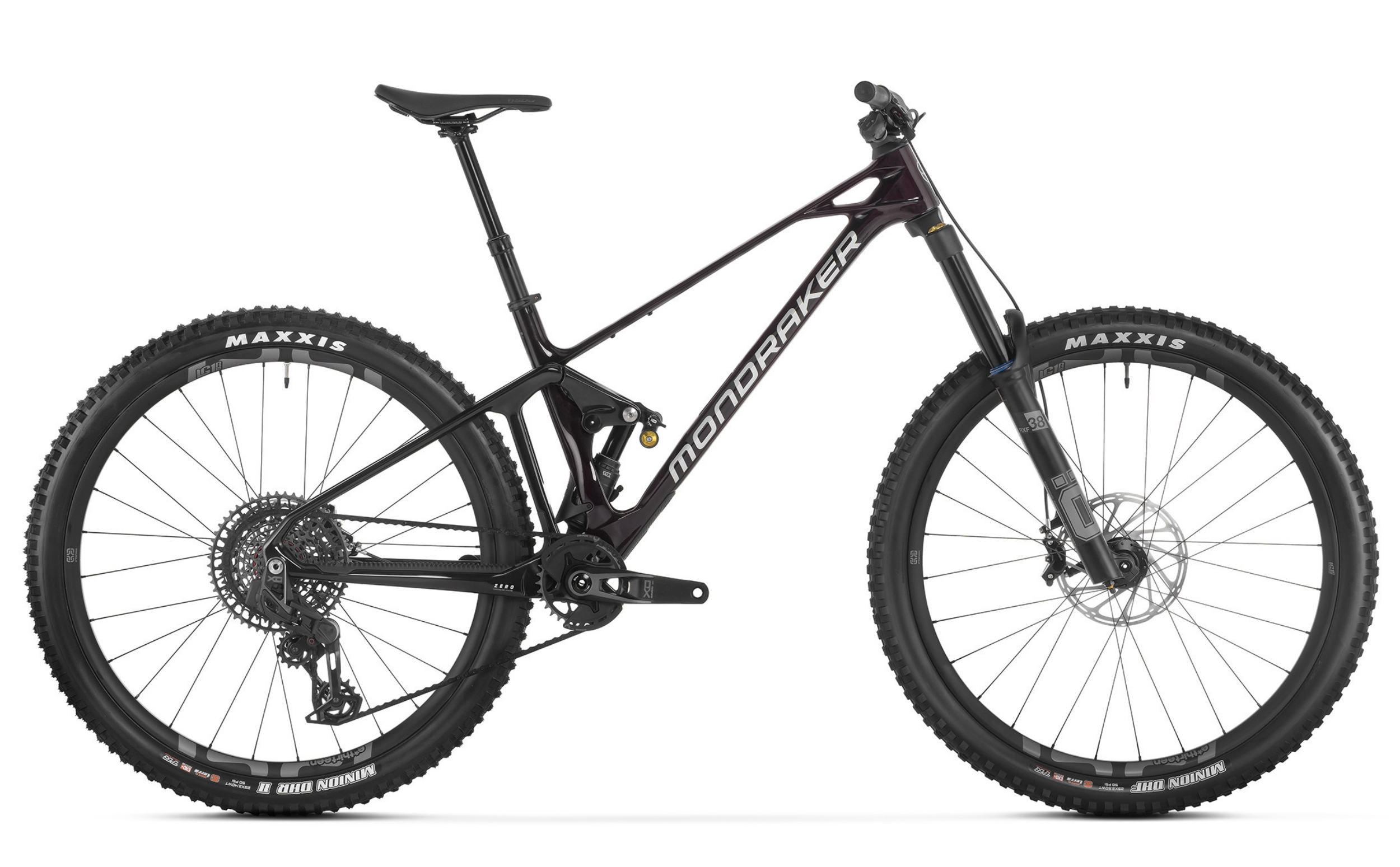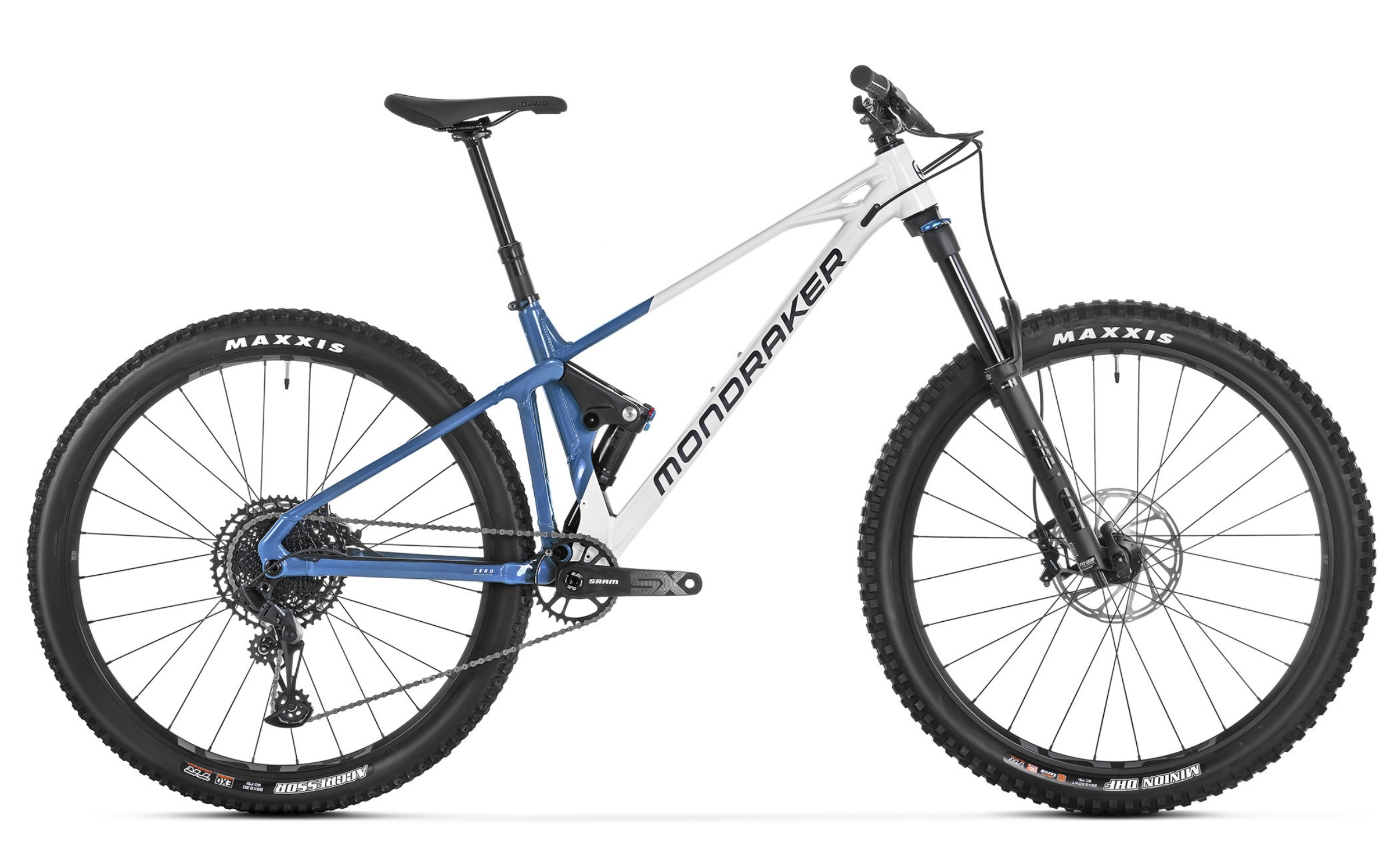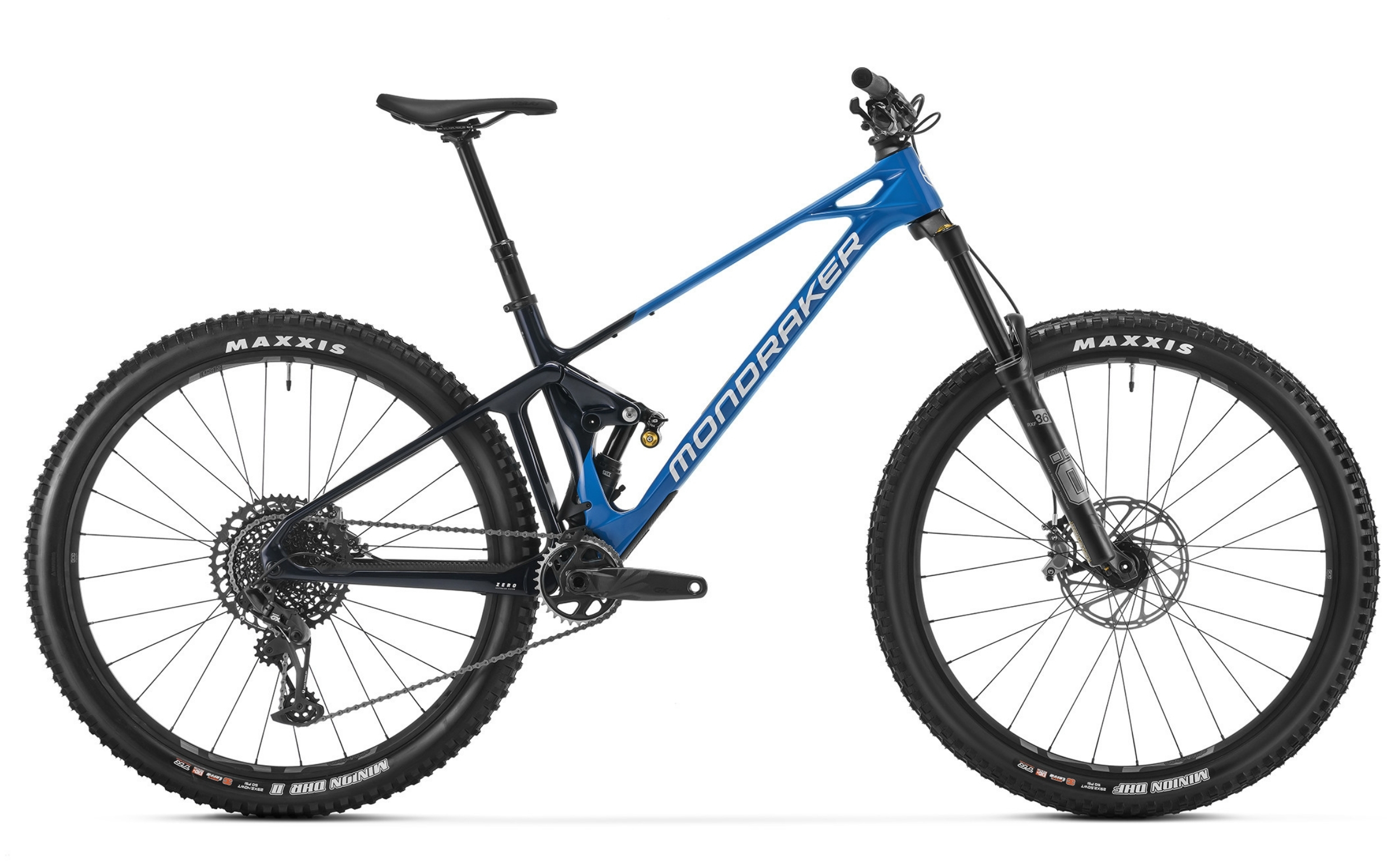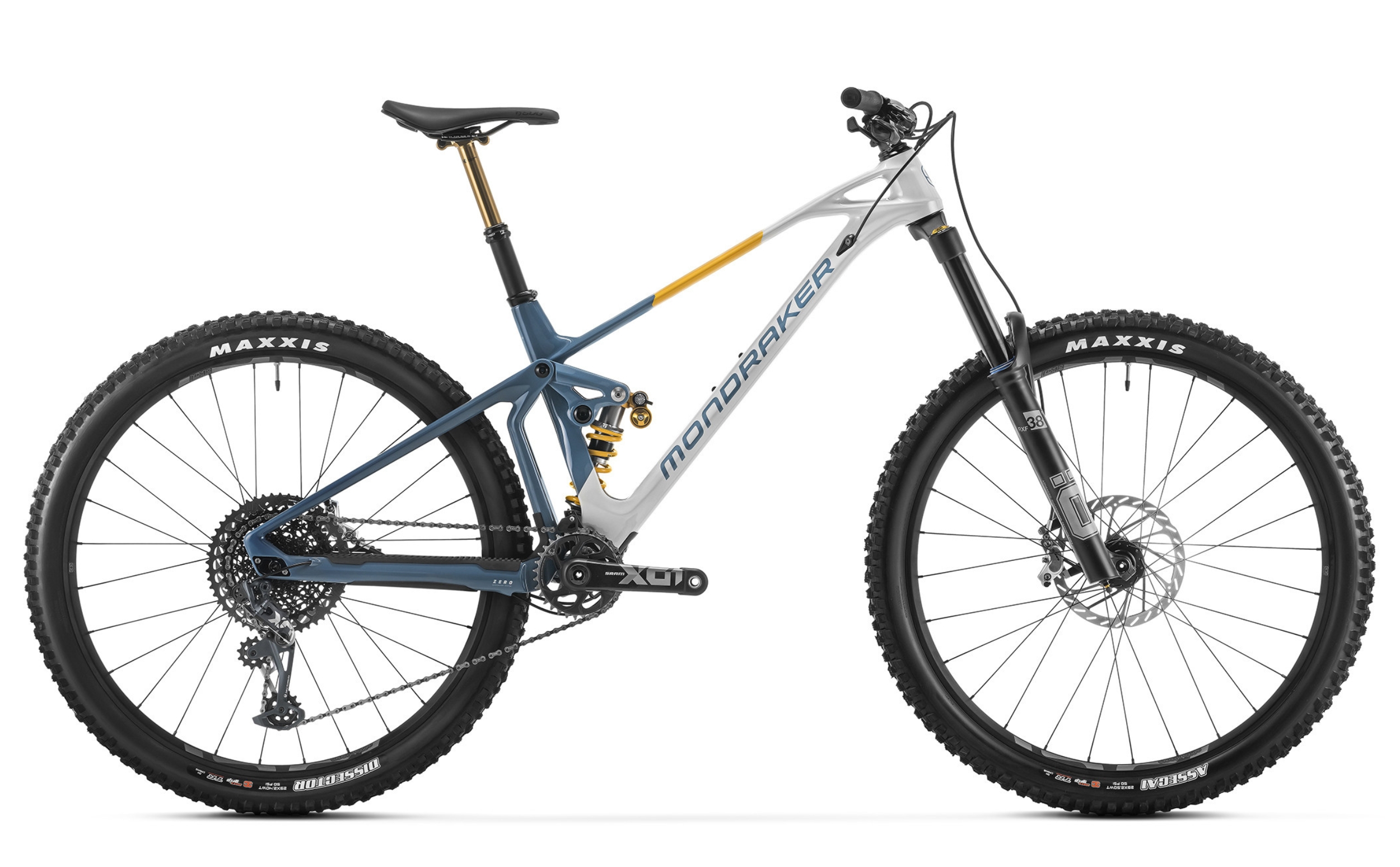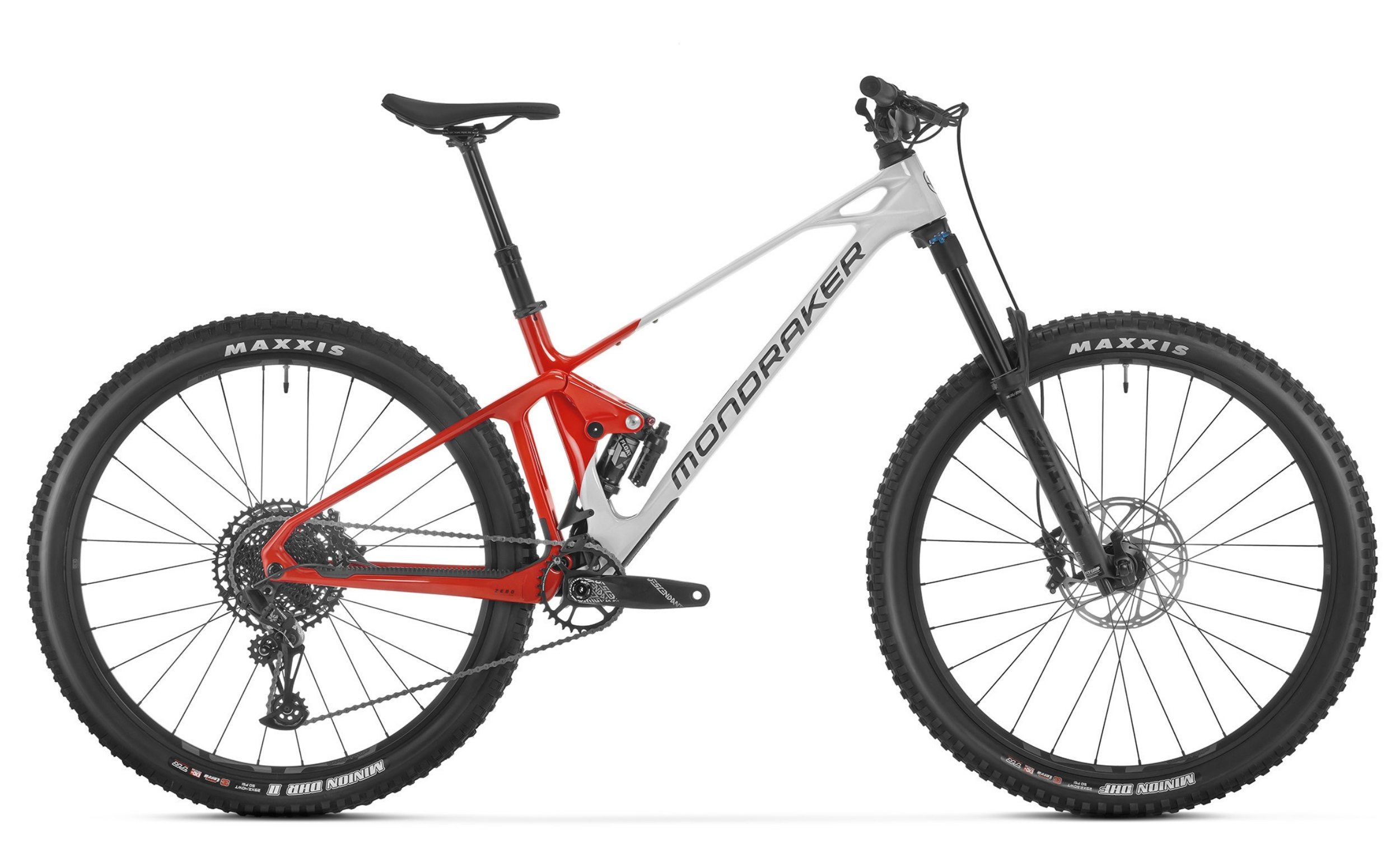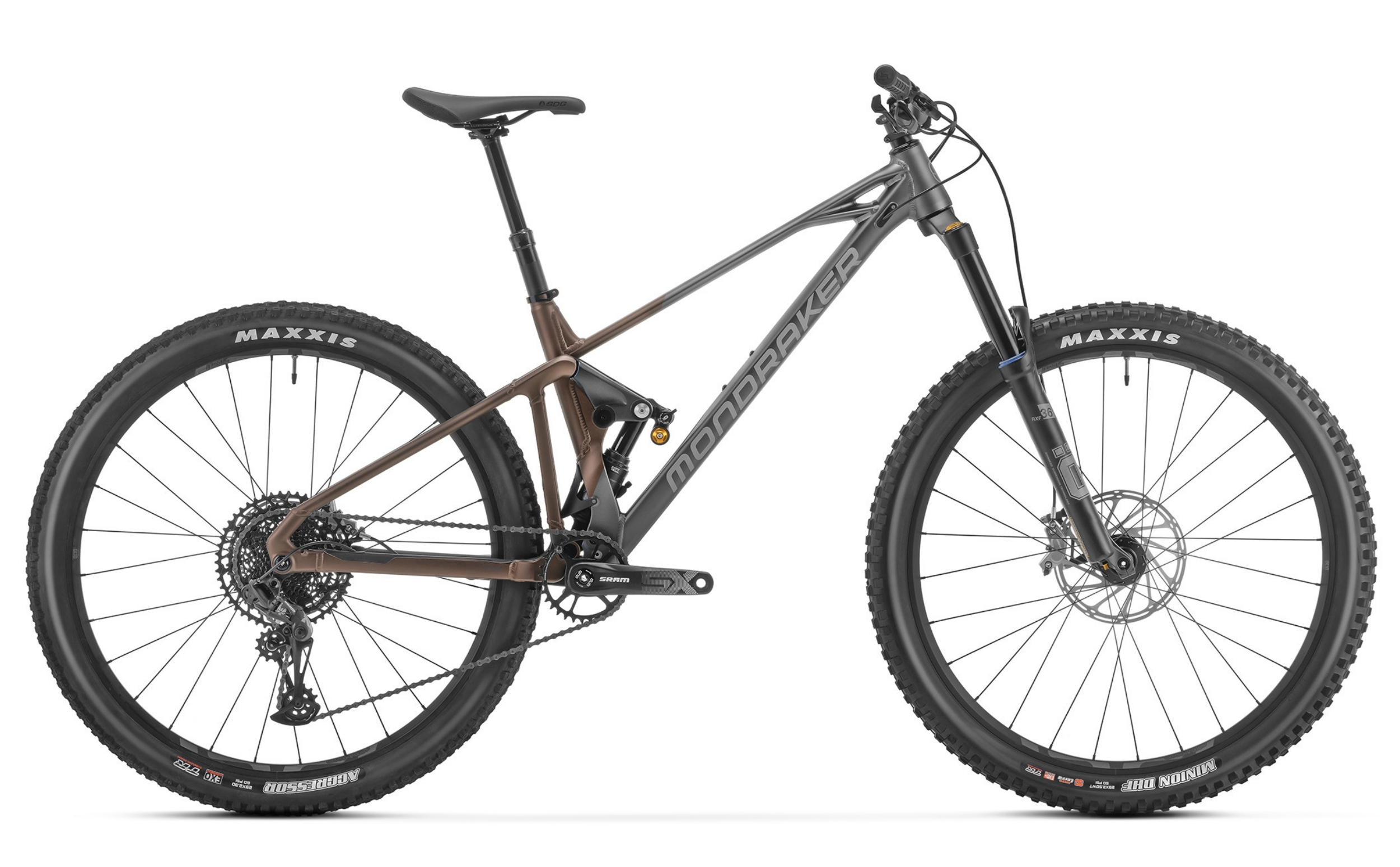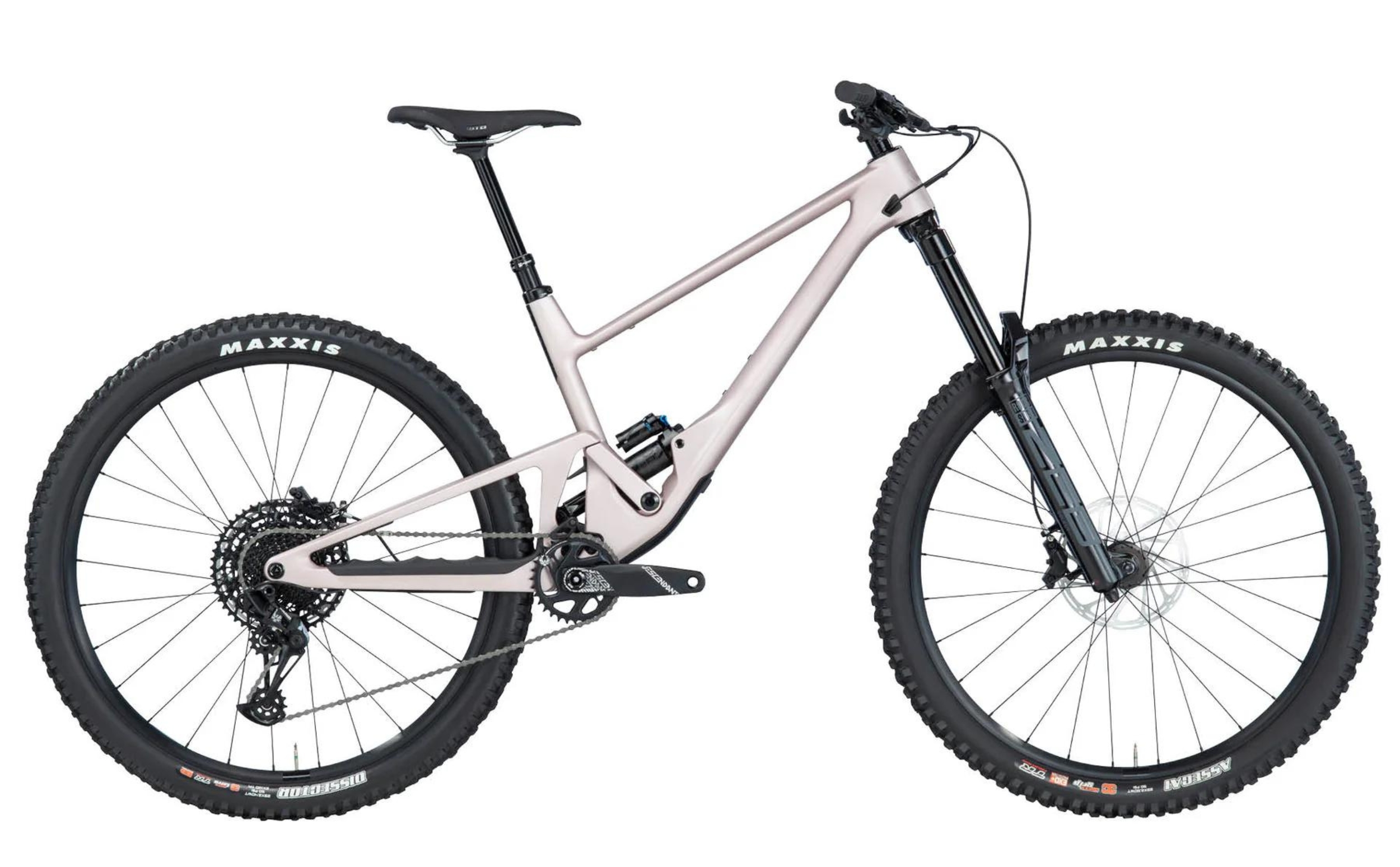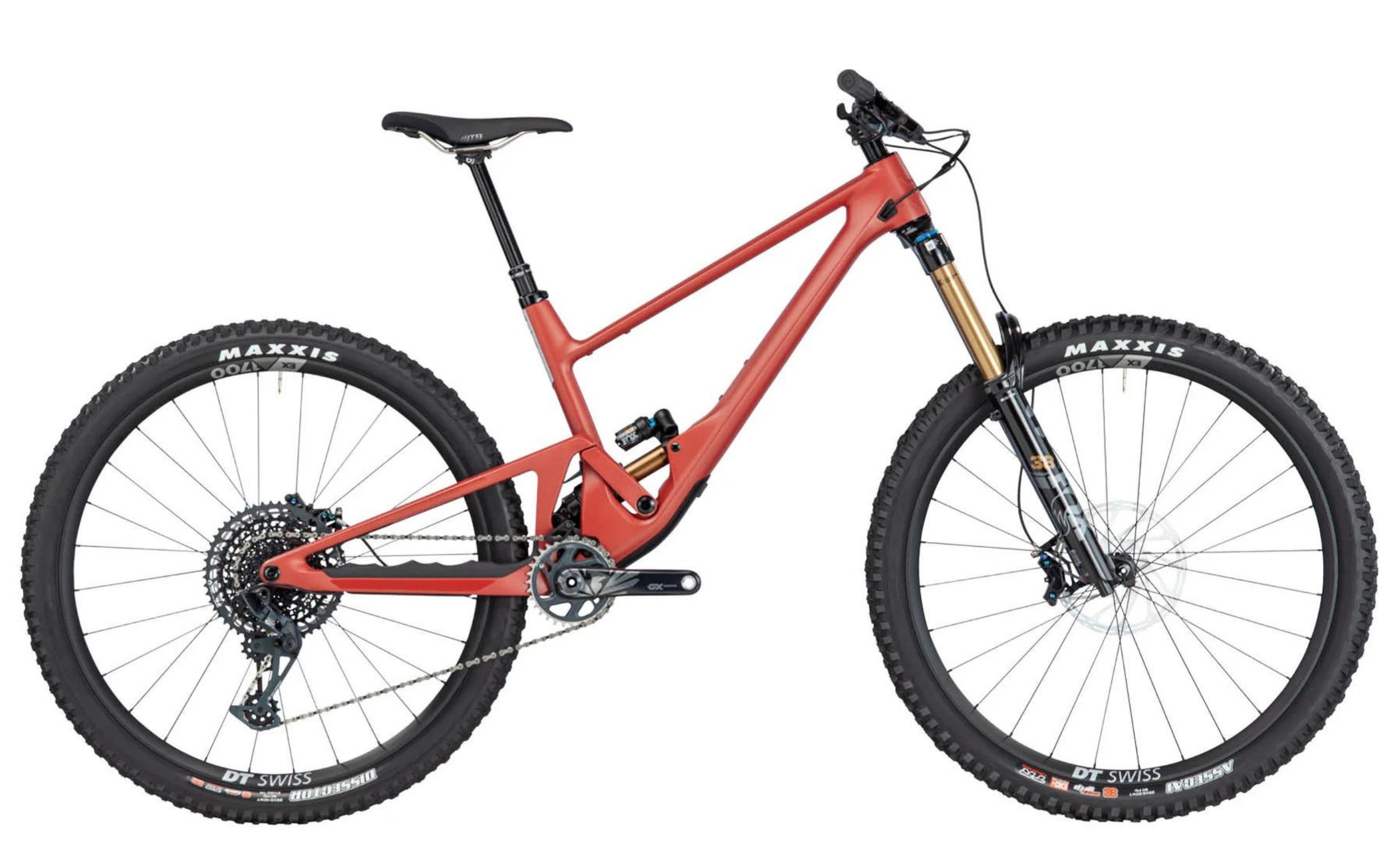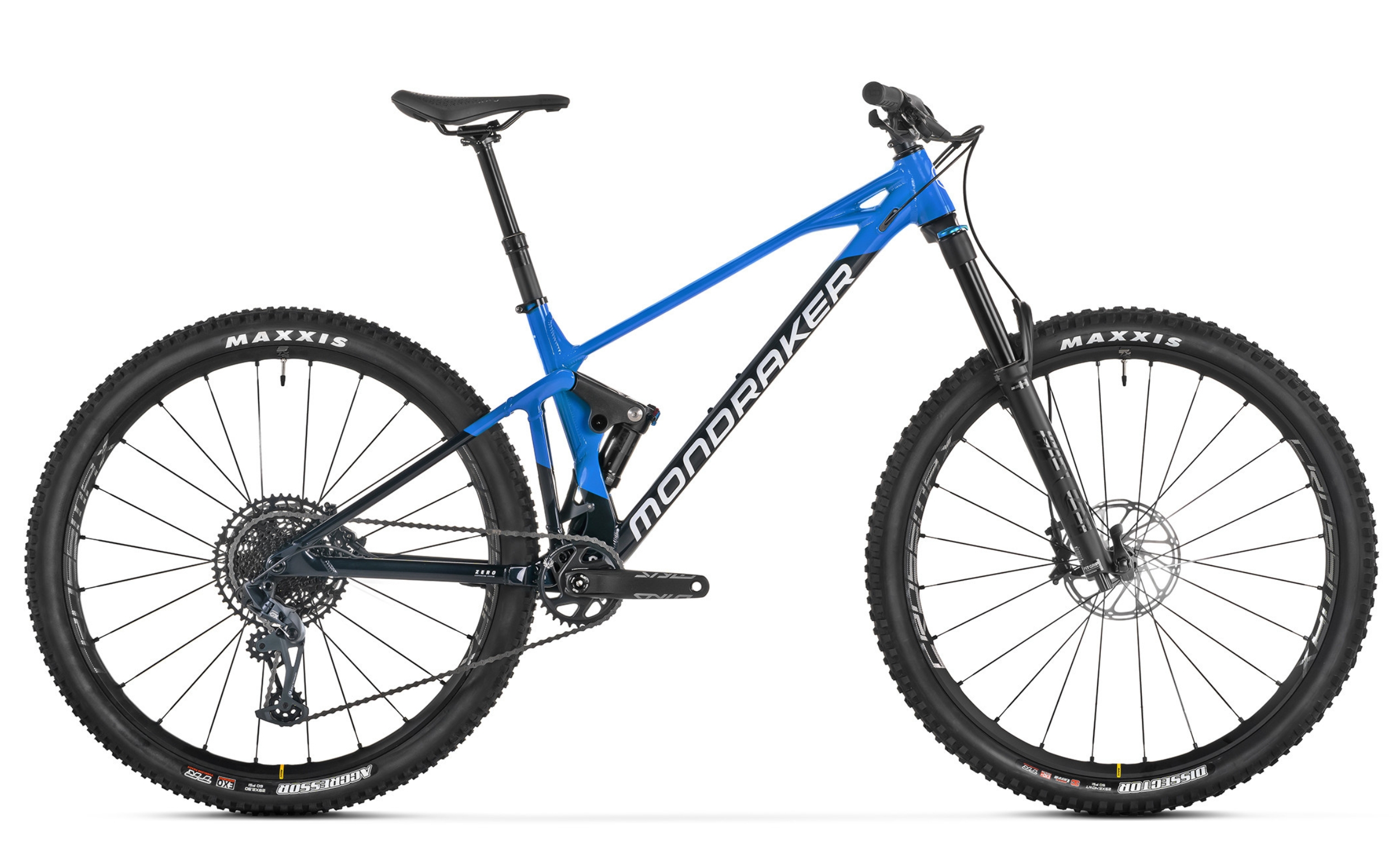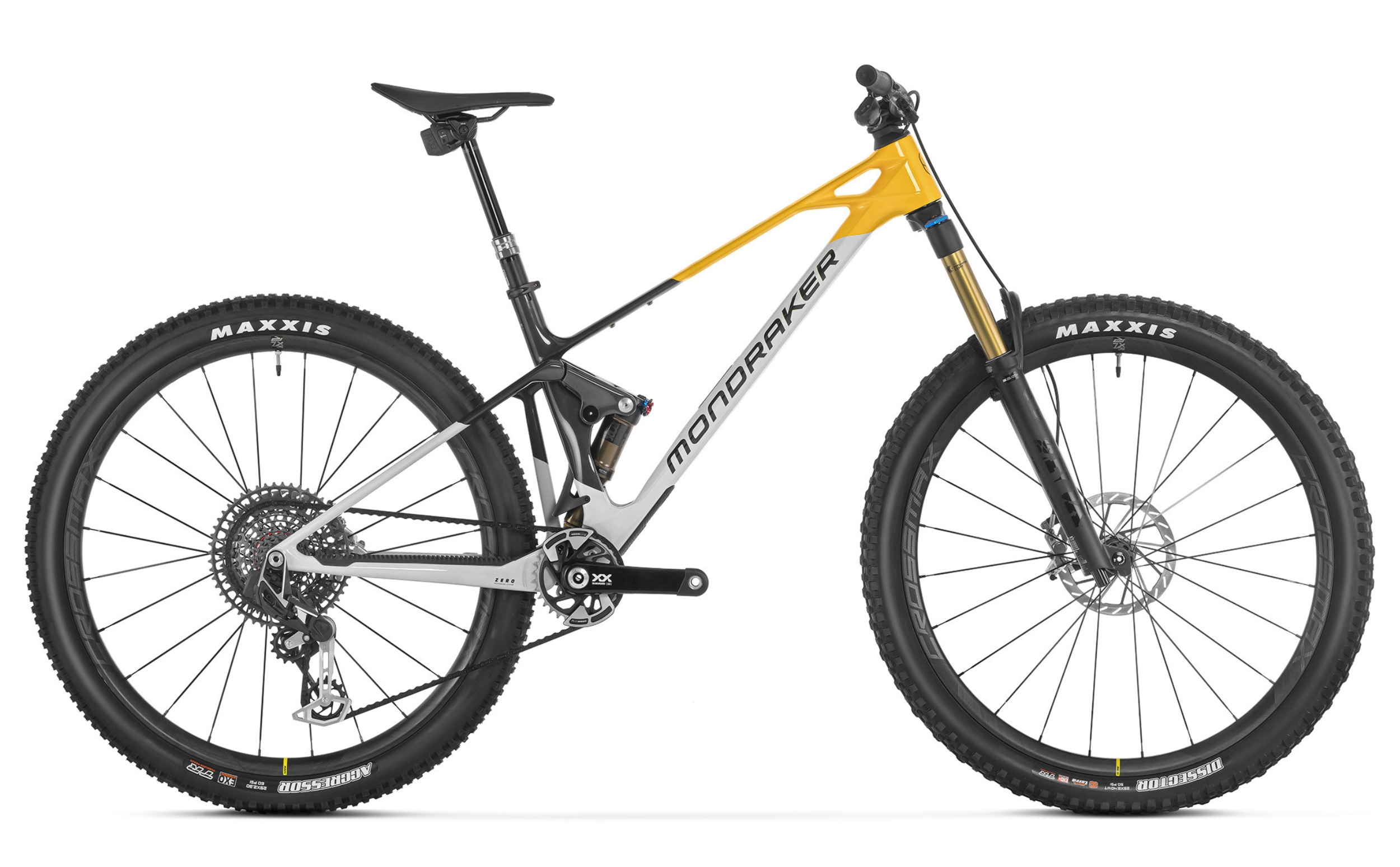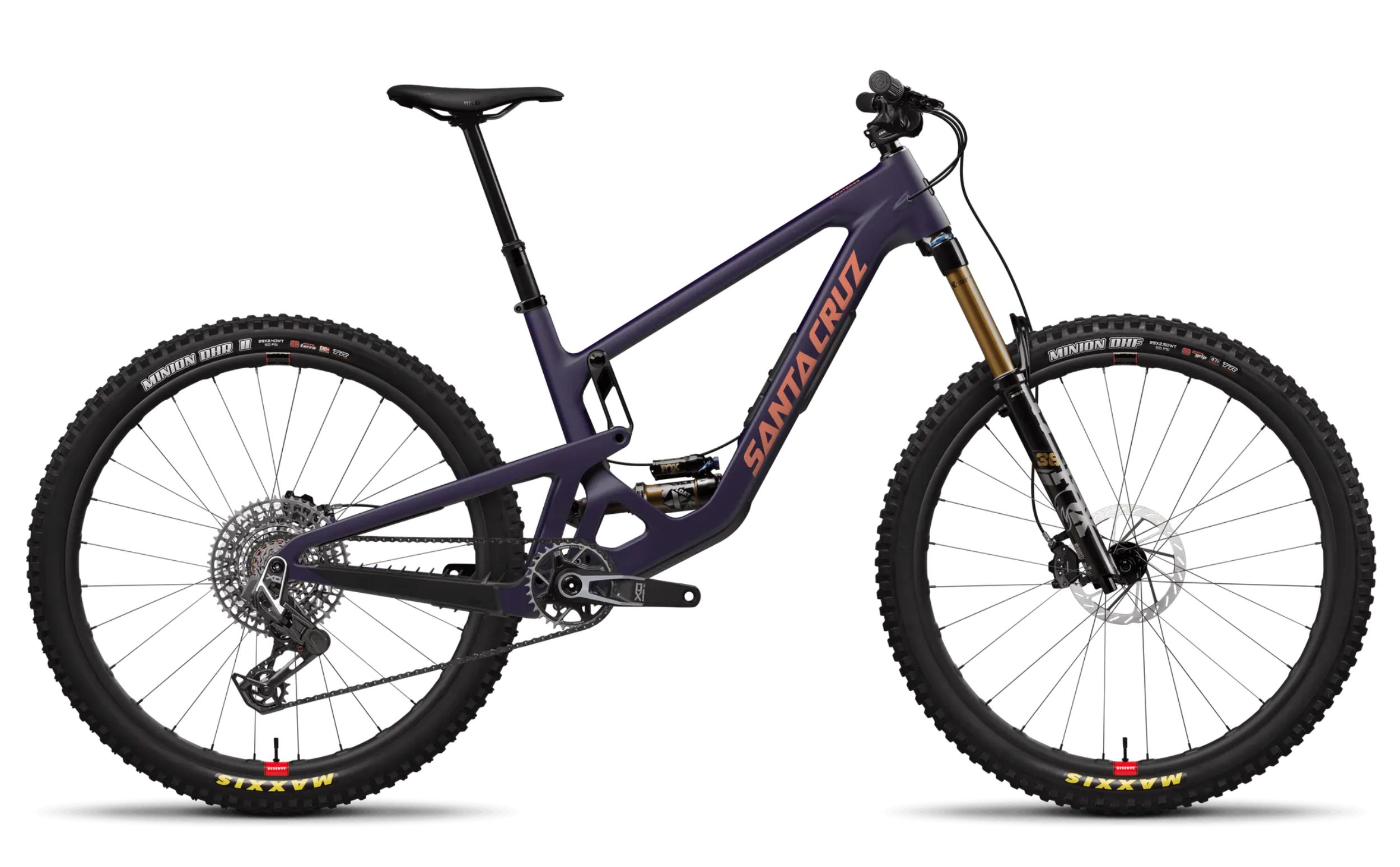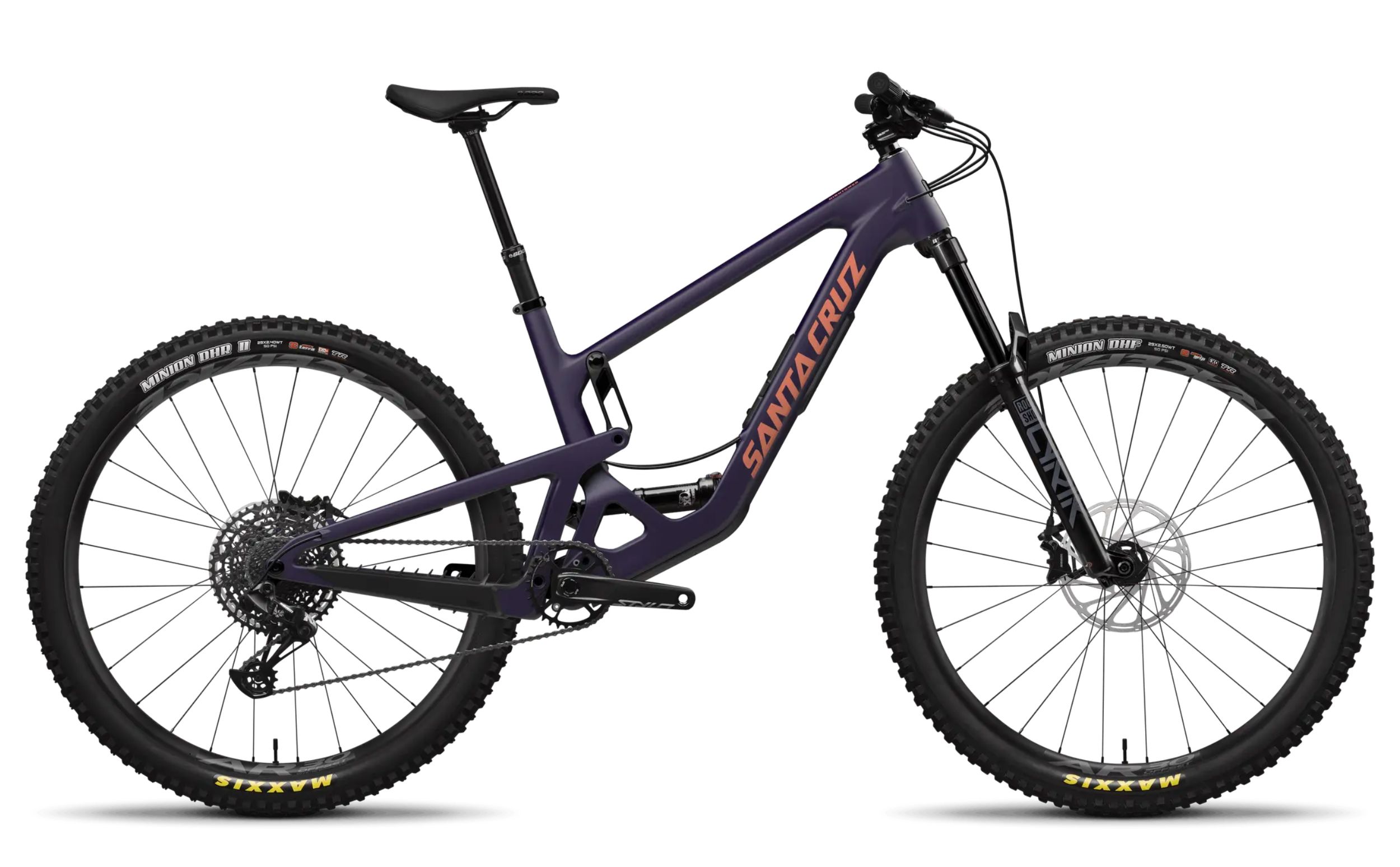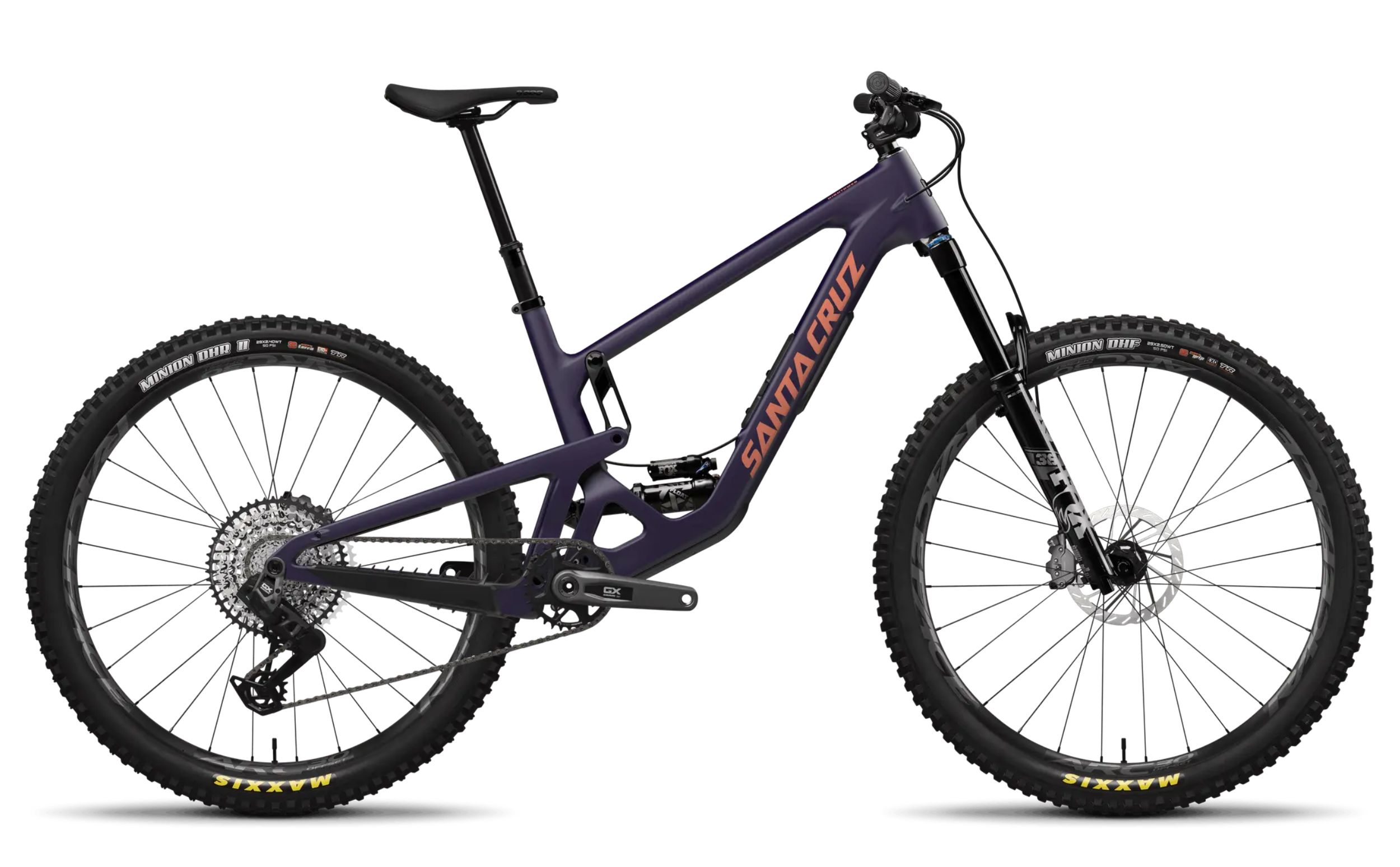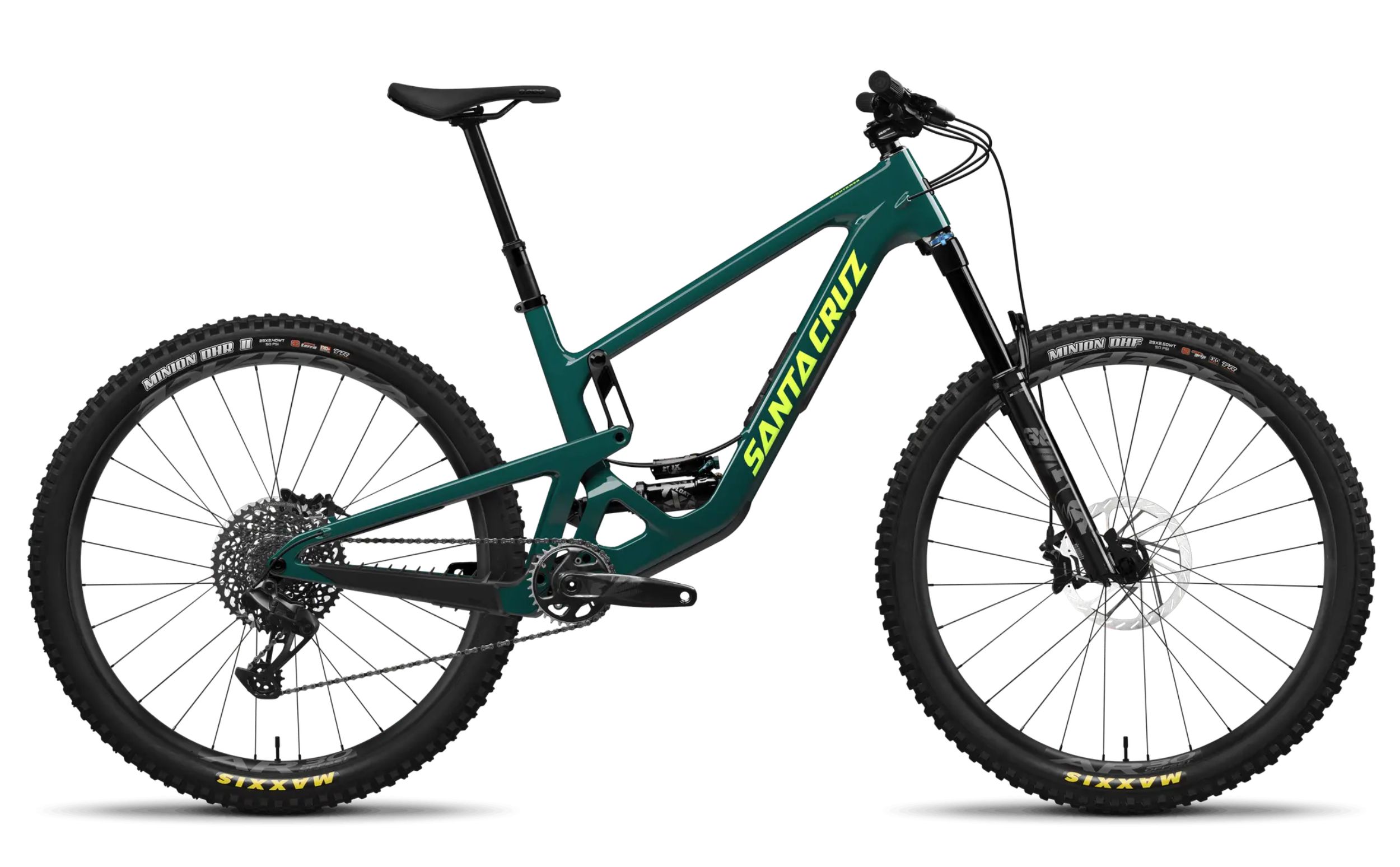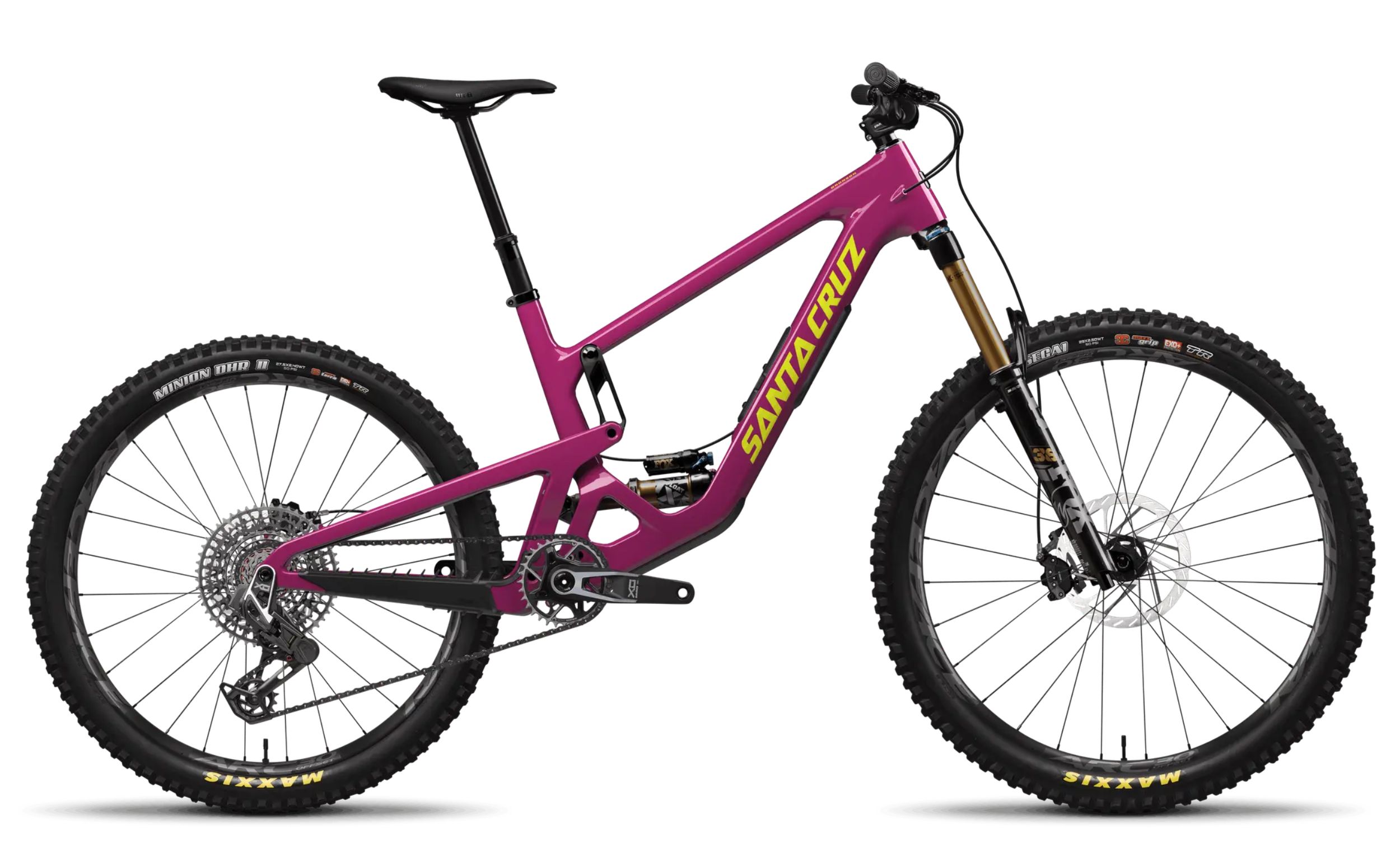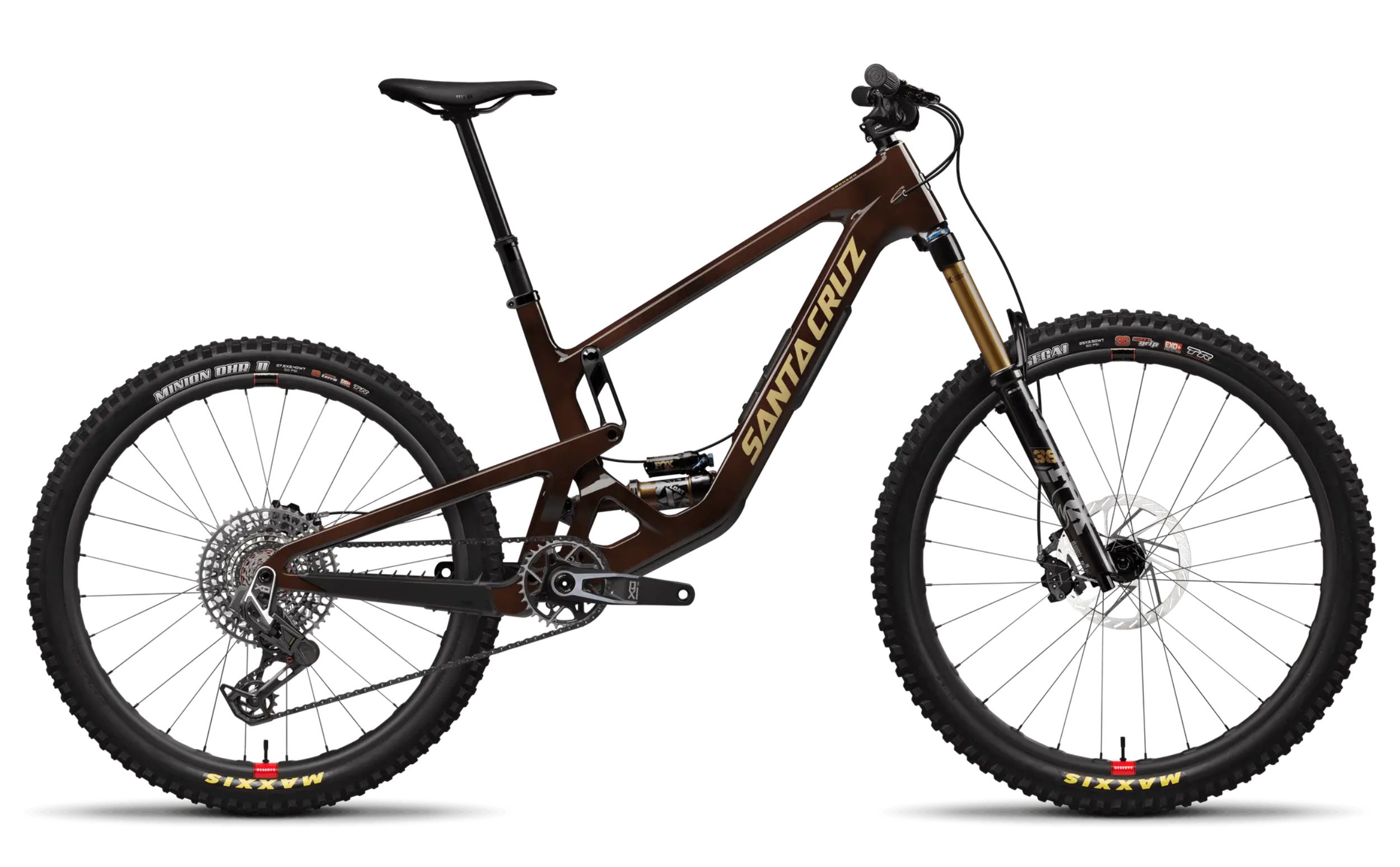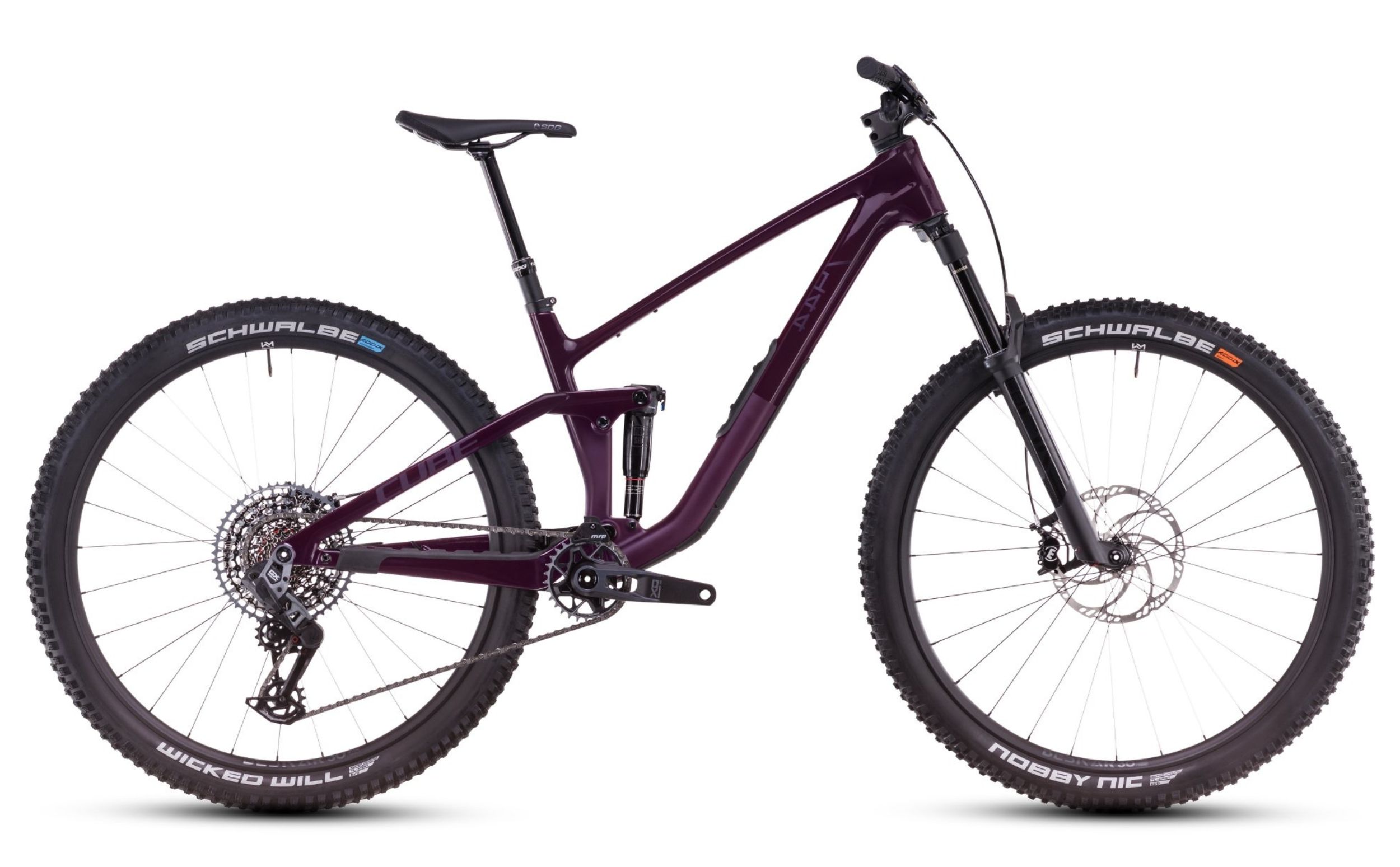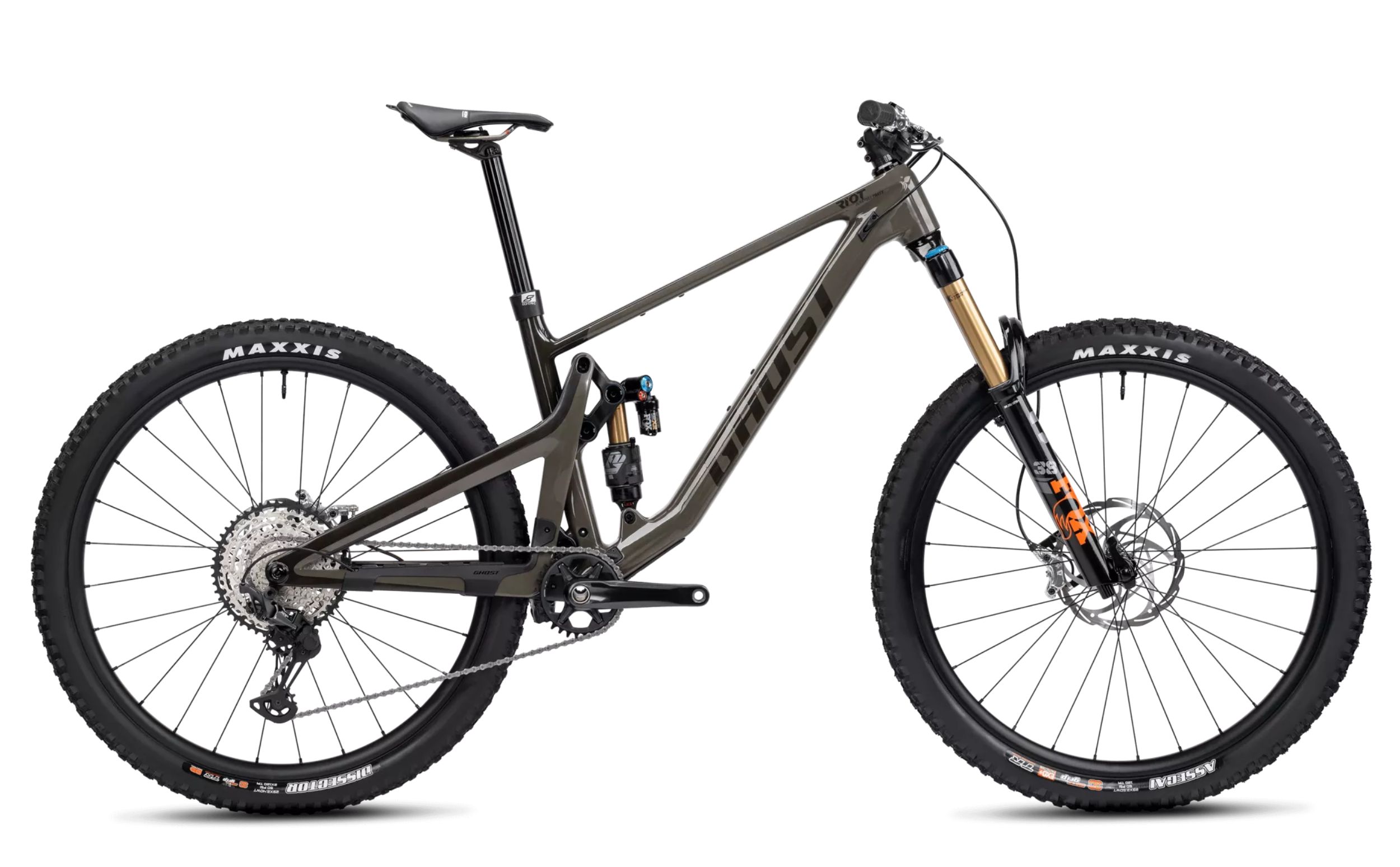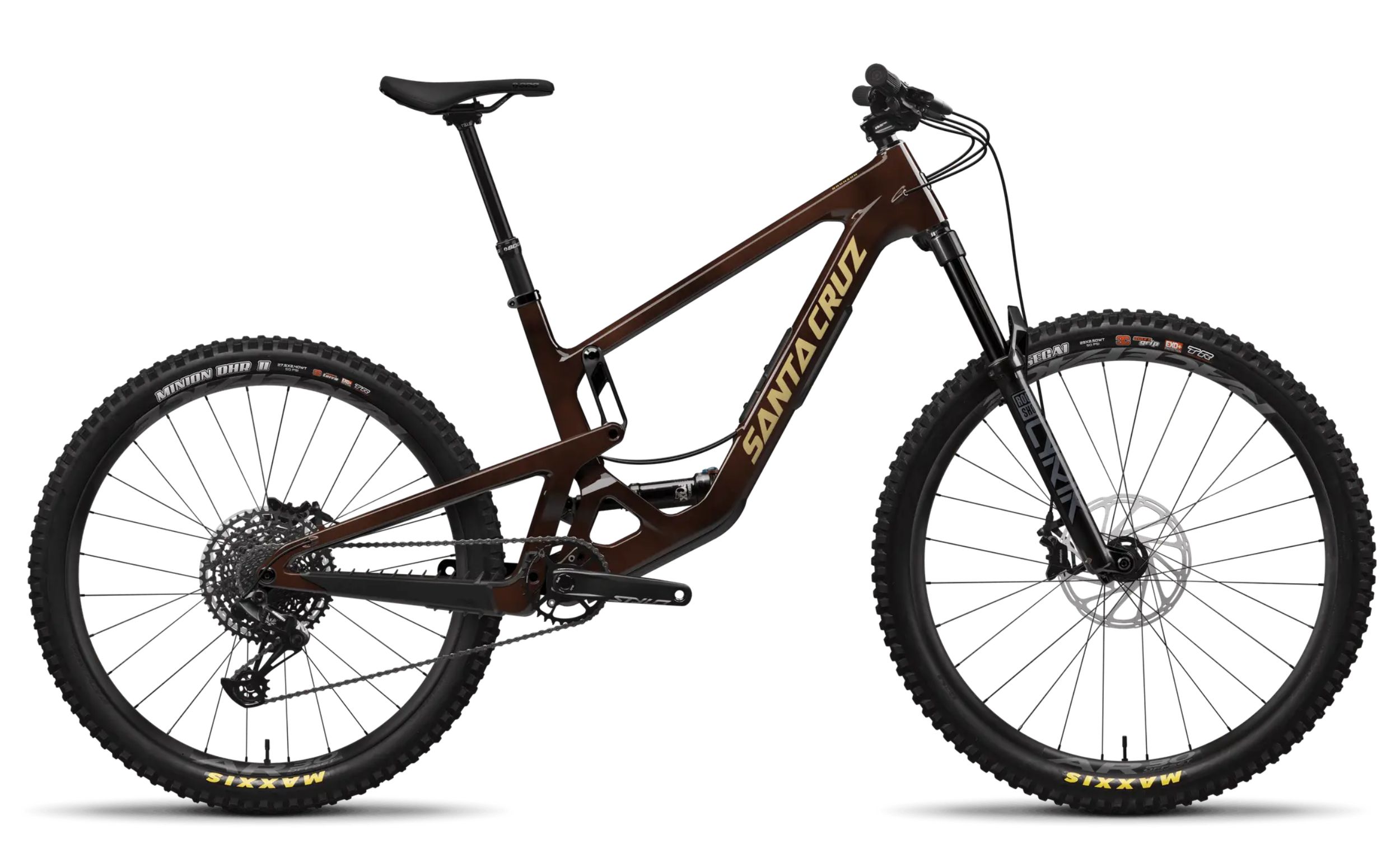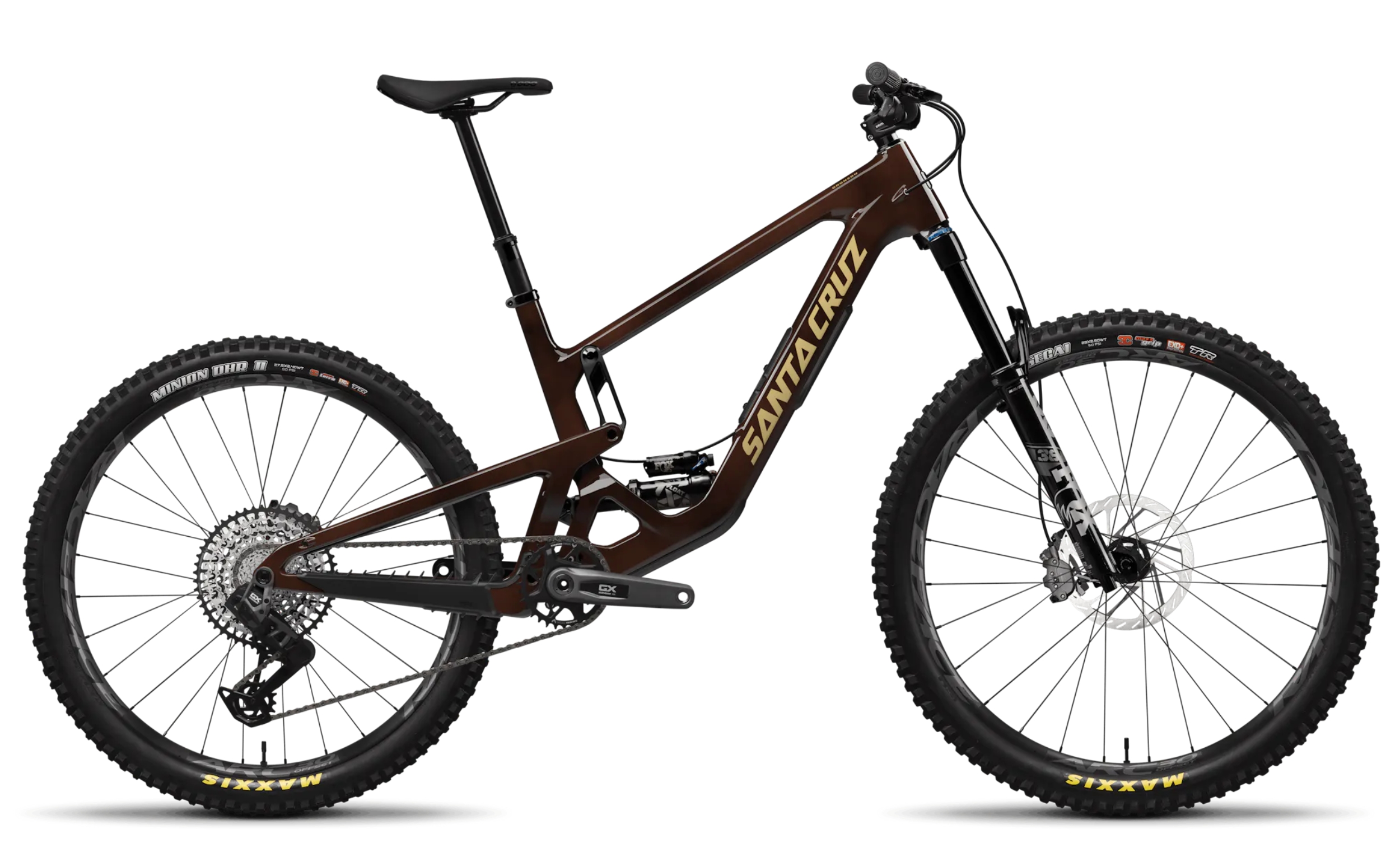Average rating of 5 out of 5 stars
Average rating of 5 out of 5 stars
Average rating of 5 out of 5 stars
MTB fullys: Guide for mountain bike enthusiasts
What is a full suspension MTB?
A full suspension MTB - also known as a full suspension mountain bike or MTB full suspension - is a bike with complete suspension, which is realised both at the front via a suspension fork and at the rear via a shock absorber. This design makes it possible to effectively absorb bumps and impacts on the trail, resulting in significantly improved traction and a safe riding experience. The interplay between the front and rear suspension gives you the freedom to tackle any terrain - whether on technically demanding trails or on more leisurely tours through the forest.
Why are Fully MTBs so popular?
There are several reasons for the popularity of fully MTBs:
- Improved traction: the two suspension elements ensure that your bike maintains better contact with the ground - ideal for changing and uneven terrain.
- Increased riding safety: Suspension absorbs shocks and impacts, which increases the feeling of safety enormously, especially on technically demanding trails.
- Increased comfort: The effective damping reduces the strain on your body. This allows you to go on longer tours without feeling fatigued.
- Optimised performance on descents: Full-suspension bikes offer superior control on fast descents. This leads to better performance and more fun on the trails.
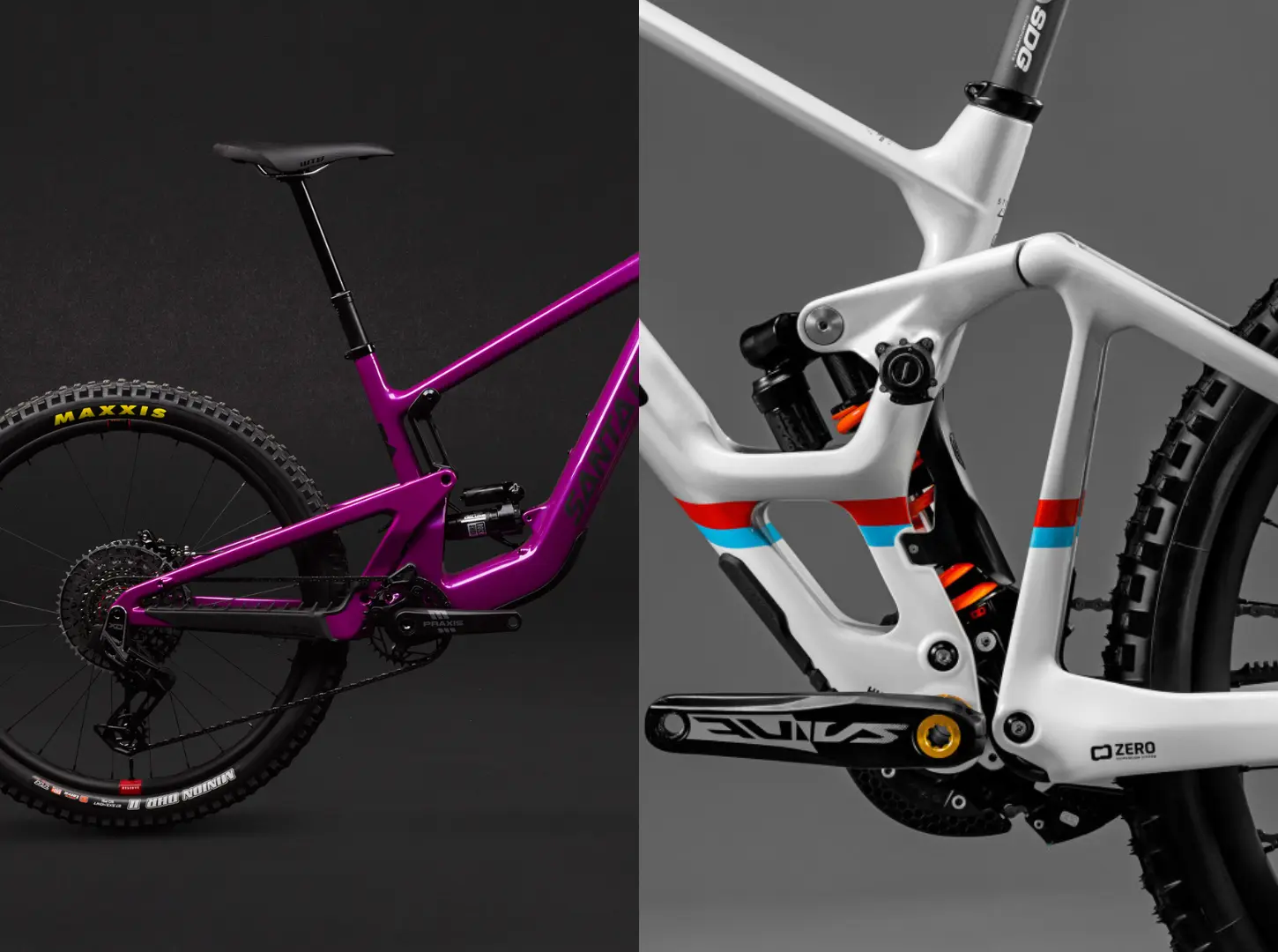
Types of full suspension MTBs
Depending on the area of use and riding style, fully or full-suspension bikes are divided into different categories. Here is an overview:
Cross-country (XC) bikes
These models usually have a suspension travel of up to 120 mm and are designed for speed and efficiency. Ideal for marathon or racing situations where fast acceleration and low weight are paramount.
Trail bikes
With suspension between 120 and 150 mm, trail bikes offer an excellent balance between climbing ability and downhill fun. They impress with their versatility and are suitable for technically demanding trails that include both fast climbs and rapid descents.
Enduro bikes
For extreme descents and high jumps, a suspension travel of 150 to 180 mm is typical. These bikes are robust and offer powerful suspension so that they deliver the best performance even in demanding downhill sections or enduro races.
Downhill bikes
Downhill models often forego all-round suitability in favour of maximum control and damping. With a suspension travel of over 180 mm, they are specially designed for steep descents and bike parks.
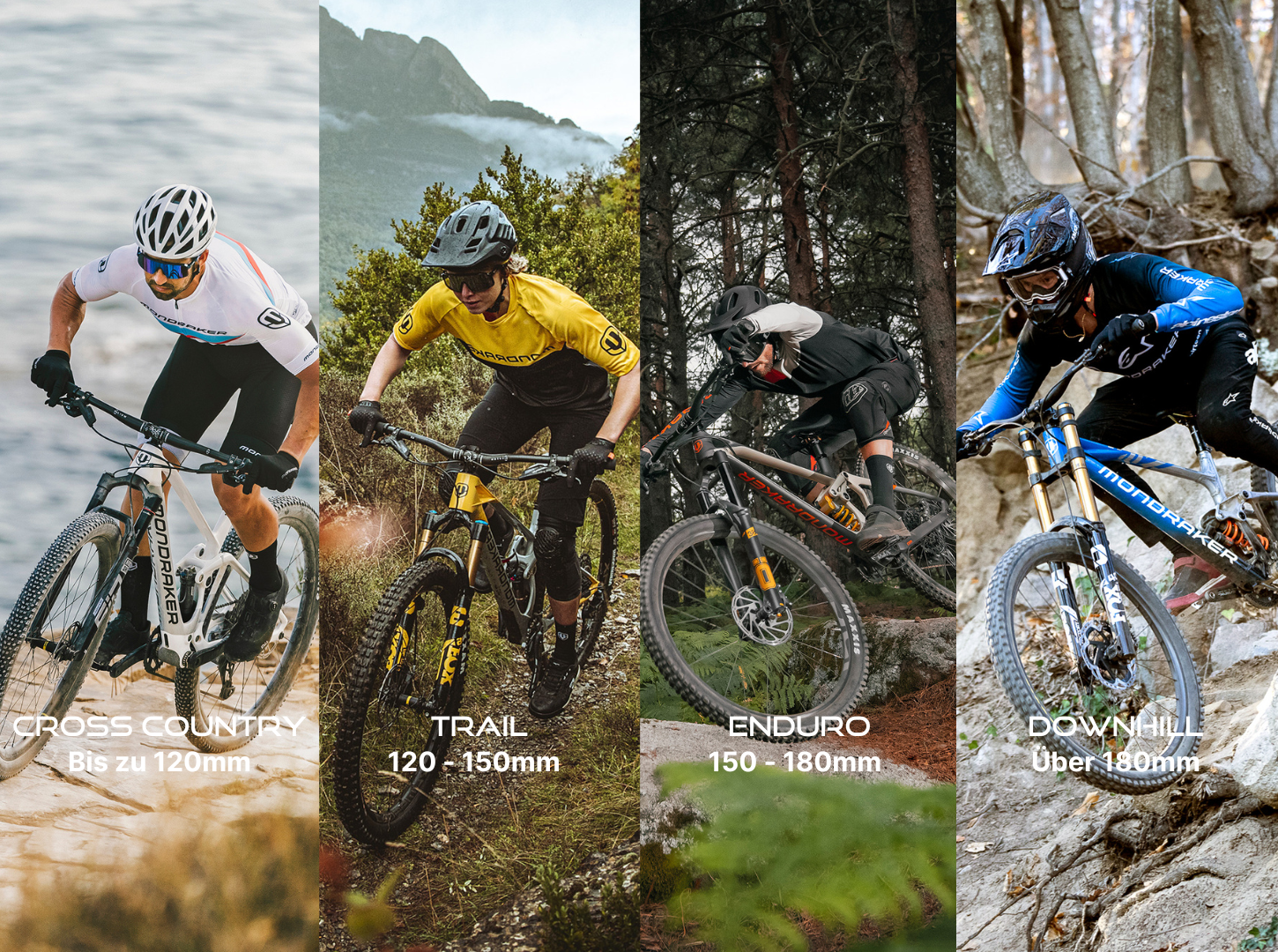
Frame material: aluminium vs. carbon
The material plays a central role in the choice of frame. The most common options are aluminium and carbon.
Aluminium frame
Aluminium frames are characterised by their robustness and reliability. They offer excellent value for money and are highly resistant to damage. These frames are ideal if you are looking for a long service life and a safe riding style - for example for beginners or advanced riders.
Carbon frames
In comparison, carbon frames are significantly lighter and stiffer. They are particularly popular with racing cyclists as they give you that last bit of performance and a sportier riding feel. However, they are also generally more expensive than aluminium frames. Both materials have their advantages and disadvantages - the choice ultimately depends on your personal preferences and your budget.
A comparison in table form illustrates the most important differences:
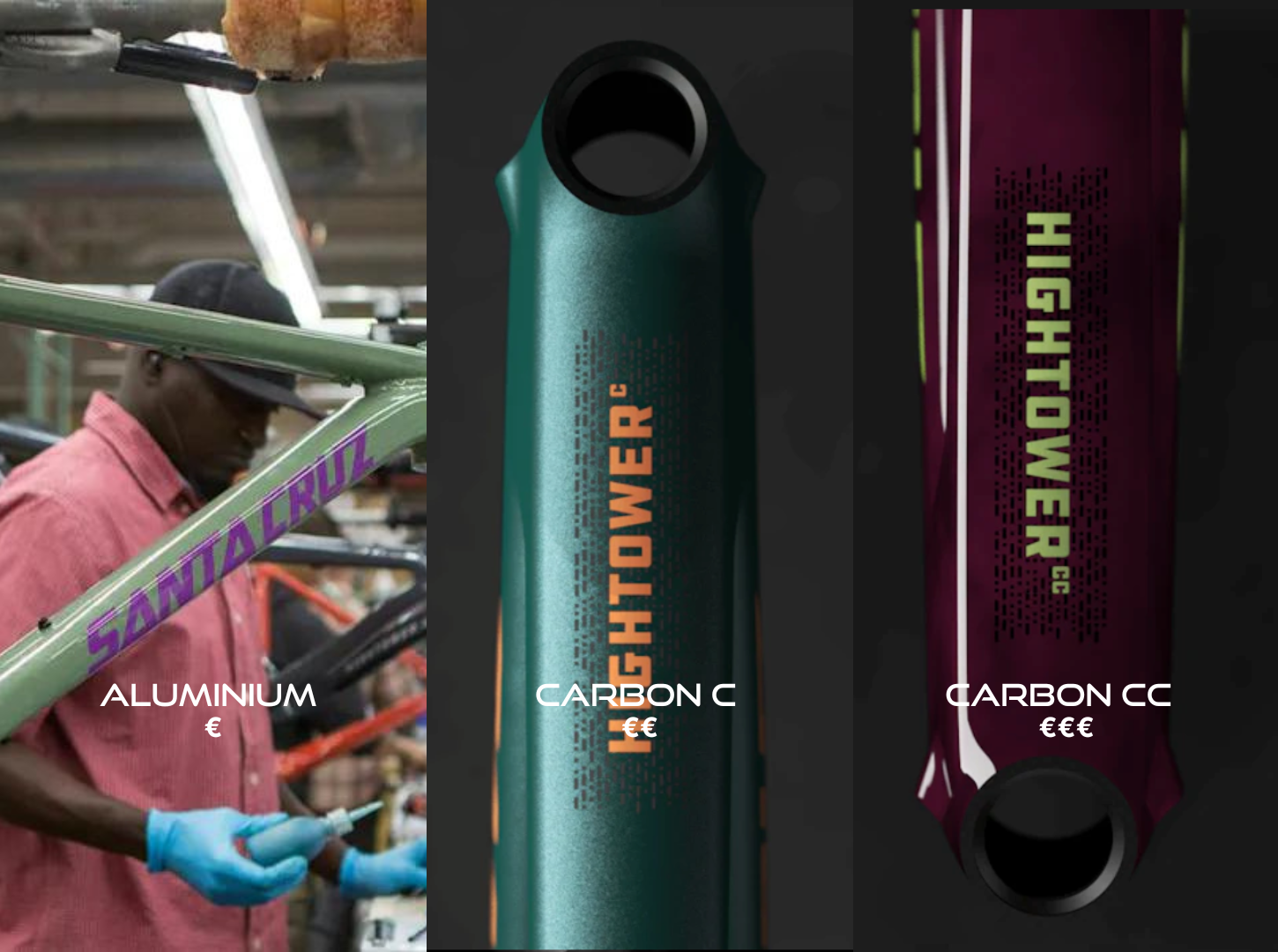
| Feature |
Aluminium | Carbon fibre |
|---|---|---|
| Carbon weight | Higher | Very low |
| Stiffness | Good | Very high |
| Price | Favourable | High |
| Durability | Robust and resistant | More sensitive to damage |
Wheel size: 27.5 inch, 29 inch or mullet?
The size of the wheels has a significant influence on the riding behaviour. Here is a detailed overview:
29 inch wheels
- Better rollover behaviour: The flatter impact angle makes it easier to overcome obstacles such as stones and roots.
- Smoother ride: Larger wheels offer a smoother ride on uneven surfaces.
- Better traction: A larger contact area ensures optimum grip.
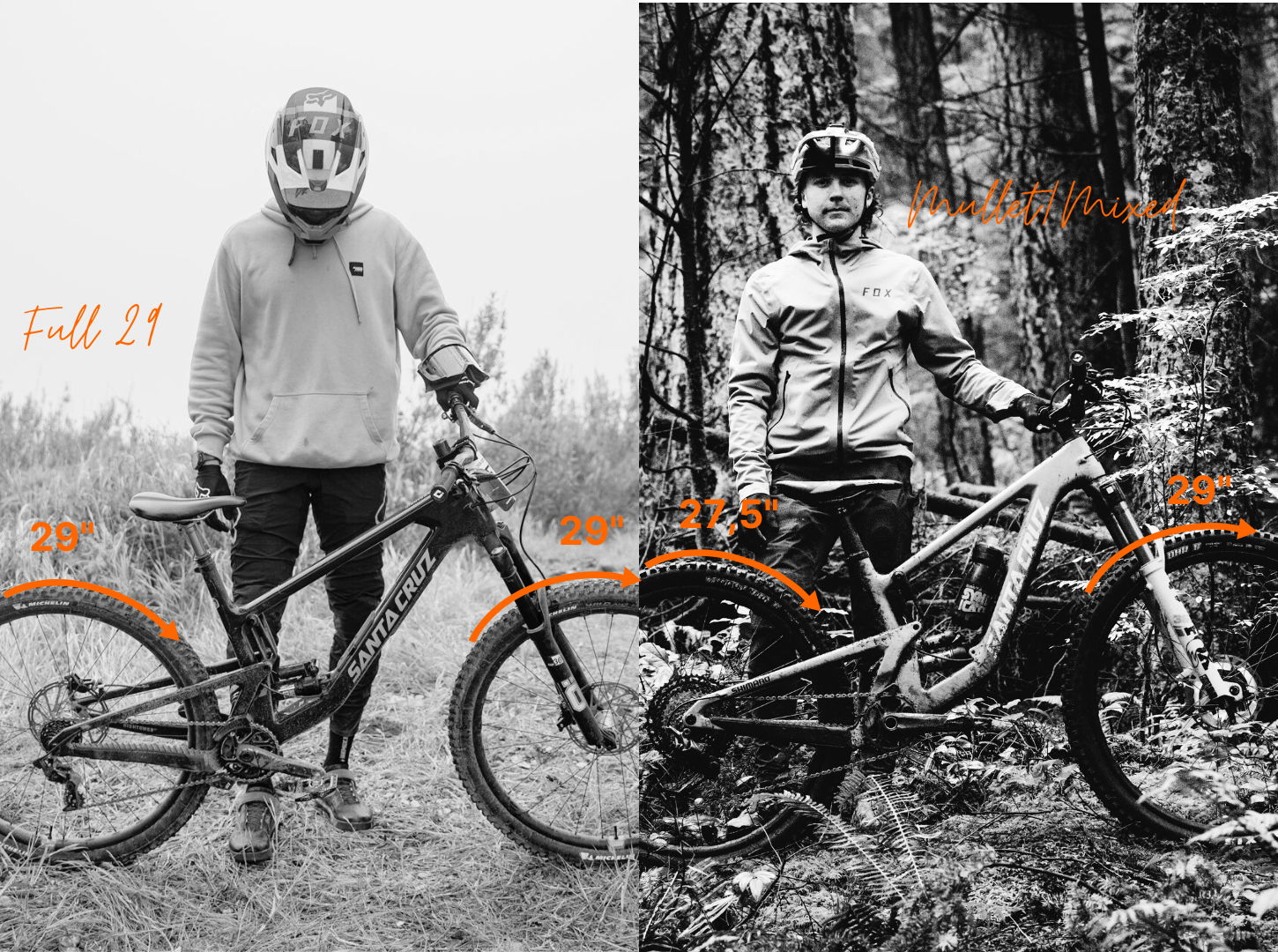
27.5 inch wheels
- More freedom of movement: These wheels offer better manoeuvrability in technical passages, especially for smaller riders.
- Less weight: Lighter wheels improve handling and acceleration.
- More agile response behaviour: Faster acceleration and greater manoeuvrability characterise these bikes.
Mullet bikes (29 inch front, 27.5 inch rear)
- Manoeuvrability and agility: The smaller rear wheel ensures increased agility when cornering.
- Adaptability: This setup offers optimal characteristics for different terrains - the 29-inch front wheel rolls over obstacles, while the 27.5-inch rear wheel offers advantages in technical sections.
- Faster acceleration: Especially in sections with frequent changes of direction, the smaller rear wheel provides noticeable dynamics.
The right tyre choice for your Fully MTB
Choosing the right tyres is crucial for achieving optimum grip and puncture resistance. Wide tyres with an aggressive tread pattern are recommended for a full suspension bike. These tyres offer reliable traction on technically demanding trails.
Tubeless tyres are also very popular as they significantly reduce the risk of punctures. The lower air pressure in a tubeless set-up increases comfort and control. The use of sealant, which automatically seals small punctures and cuts, also ensures increased puncture resistance.
Shifting systems: Shimano and SRAM
Modern fullys usually come with precise and reliable shifting systems. The two leading brands in this area are Shimano and SRAM.
Shimano
Shimano offers a wide range of groupsets, from the entry-level to the high-end series, such as the Shimano XT and Shimano SLX. These systems impress with their durability and precise shifting performance - ideal for demanding trails. Anyone asking themselves "Which Cube fully is the best?" will generally find that the riding experience on a fully is also optimised in combination with a precise Shimano shifting system.
Shimano also answers the question "When is a fully MTB worthwhile?" with its high-end solutions, which are particularly interesting for ambitious riders.
SRAM
SRAM also offers innovative shifting systems for fullys. They have also made a name for themselves with their technologies, such as 1x shifting. The choice between Shimano and SRAM ultimately depends on personal preference and the type of riding.
Brakes and suspension systems
Powerful hydraulic disc brakes are essential for safe off-road riding. They offer excellent braking performance even in wet or muddy conditions. When it comes to suspension systems, we rely on renowned manufacturers such as Fox, RockShox and Öhlins. These shocks and forks are crucial for the riding behaviour and ensure that you always feel safe even on difficult terrain.
The combination of precise brakes and high-quality suspension components is also an important factor when you ask yourself: "How much does a good fully MTB cost?" - because high-quality components have their price, but also offer impressive performance and safety in the long term.
Find your perfect fully MTB at STATERA Bikes
At STATERA Bikes, we share your passion for cycling. Our range of MTB fullys offers you a huge selection that adapts to different riding styles and budgets. Whether you're interested in a high-quality carbon or a robust aluminium fully, you'll find the bike that's perfect for you.
MTB fullys by material
- Carbon Fully
- Aluminium Fully
MTB fullys by suspension travel (fork)
MTB fullys by wheel size
- Mullet fullys (27.5/29 inch)
- 29 inch fullys
MTB fullys by manufacturer
FAQs
What is the difference between a fully MTB and a hardtail?
A full-suspension MTB has suspension at the front and rear, while a hardtail only has suspension at the front. This results in significantly better handling on uneven terrain for fullys.
Which full-suspension MTB is right for me?
The decision depends on your riding style, your budget and your individual preferences. Find out more about the different types - whether cross-country, trail, enduro or downhill - and choose the bike that best suits your needs.
Which wheel size is best for a fully MTB?
The ideal wheel size varies depending on body size and riding style. Some prefer 29-inch wheels for more stability and better rollover characteristics, while others appreciate the agility of 27.5-inch wheels. A mullet set-up (29-inch front, 27.5-inch rear) also offers numerous advantages for changing terrain.
What are the advantages of tubeless tyres?
Tubeless tyres significantly reduce the risk of punctures, allow lower air pressure and therefore offer better riding comfort and more control off-road.
Which shifting system is better: Shimano or SRAM?
Both systems have their respective advantages. Shimano convinces with a wide range of entry-level to high-end solutions such as XT and SLX, while SRAM scores with innovative 1x shifting systems. The choice ultimately depends on your personal preferences.
You can also find more information and products in the following categories:
Was ist der Unterschied zwischen einem Fully MTB und einem Hardtail?
Ein Fully MTB verfügt über eine Federung an der Front und am Hinterbau, während ein Hardtail nur vorne gefedert ist. Dies führt bei Fullys zu einem deutlich besseren Fahrverhalten auf unebenem Gelände.
Welches Fully MTB ist das richtige für mich?
Die Entscheidung hängt von deinem Fahrstil, deinem Budget und deinen individuellen Vorlieben ab. Informiere dich ganz genau über die verschiedenen Typen – egal ob Cross-Country, Trail, Enduro oder Downhill – und wähle das Bike, das am besten zu deinen Bedürfnissen passt.
Welche Laufradgröße ist die beste für ein Fully MTB?
Die ideale Laufradgröße variiert je nach Körpergröße und Fahrstil. Einige bevorzugen 29-Zoll-Räder für mehr Stabilität und bessere Überroll-Eigenschaften, während andere die Agilität von 27,5-Zoll-Rädern schätzen. Auch eine Mullet-Aufstellung (29 Zoll vorne, 27,5 Zoll hinten) bietet zahlreiche Vorteile für wechselndes Terrain.
Was sind die Vorteile von Tubeless-Reifen?
Tubeless-Reifen reduzieren das Risiko eines Plattens erheblich, ermöglichen niedrigeren Luftdruck und bieten somit einen besseren Fahrkomfort und mehr Kontrolle im Gelände.
Welches Schaltsystem ist besser: Shimano oder SRAM?
Beide Systeme haben ihre jeweiligen Vorzüge. Shimano überzeugt mit einer breiten Palette von Einsteiger- bis High-End-Lösungen wie XT und SLX, während SRAM mit innovativen 1x-Schaltsystemen punktet. Die Wahl hängt letztlich von Deinen persönlichen Vorlieben ab.
Weitere Informationen und Produkte findest Du auch in folgenden Kategorien:






